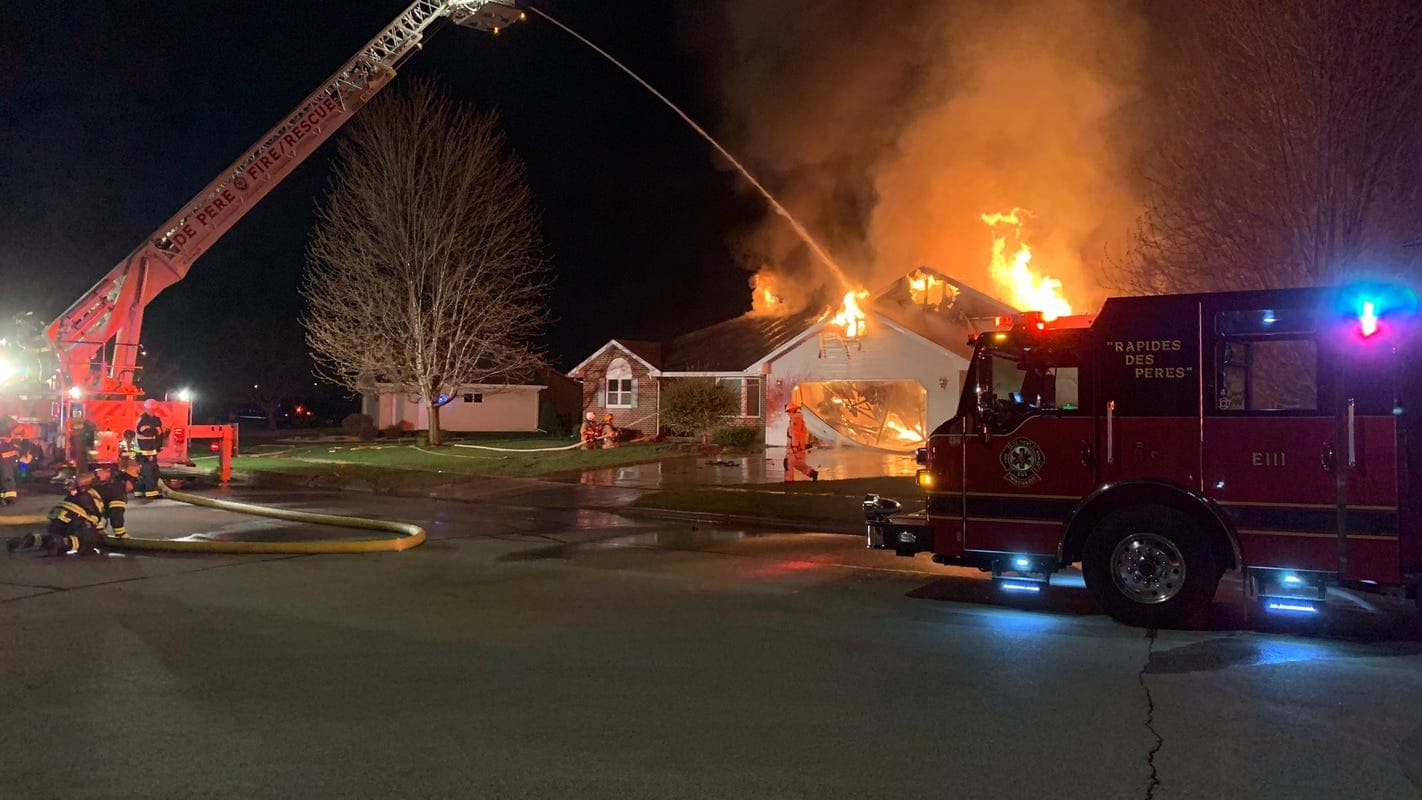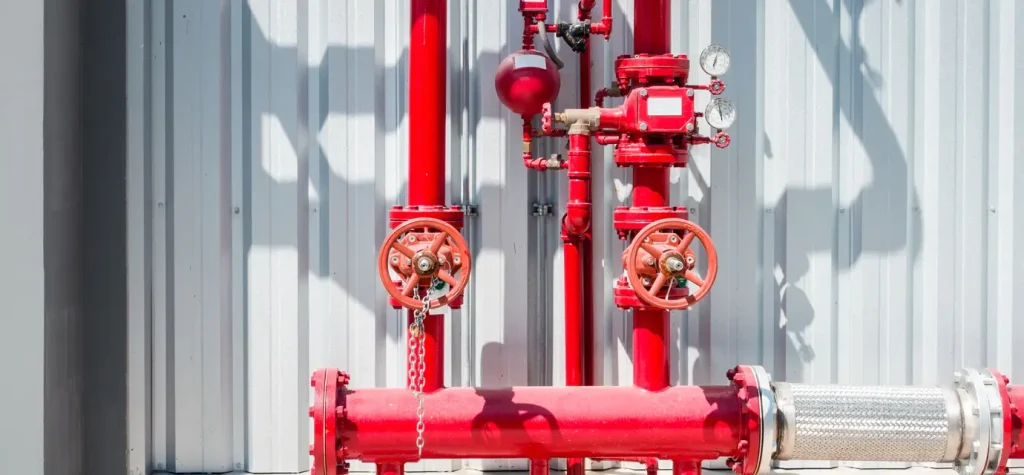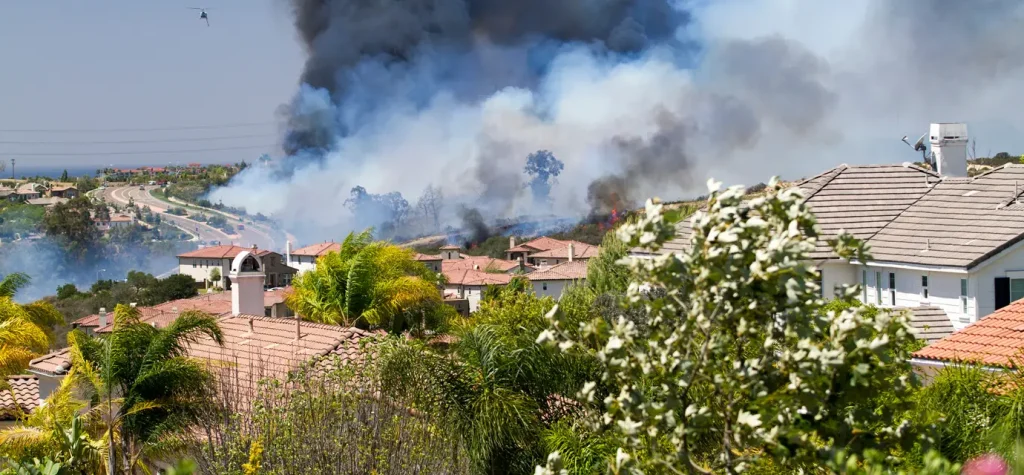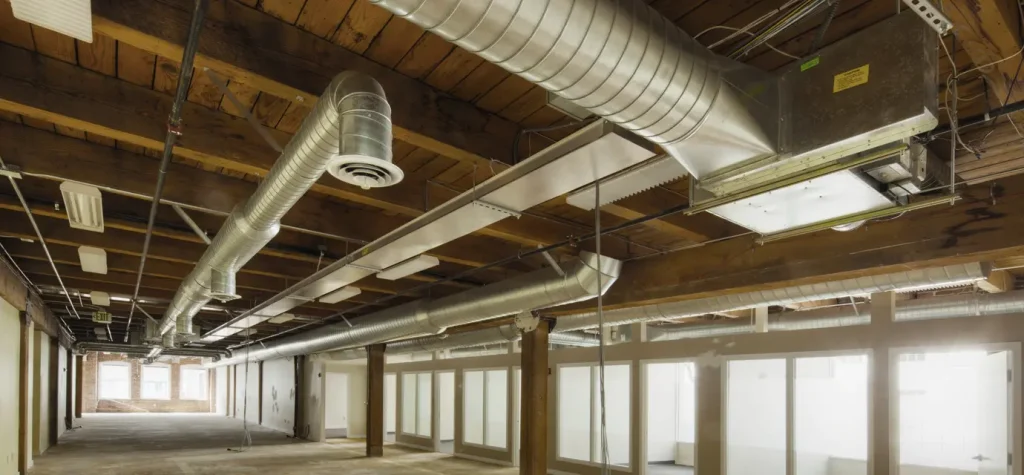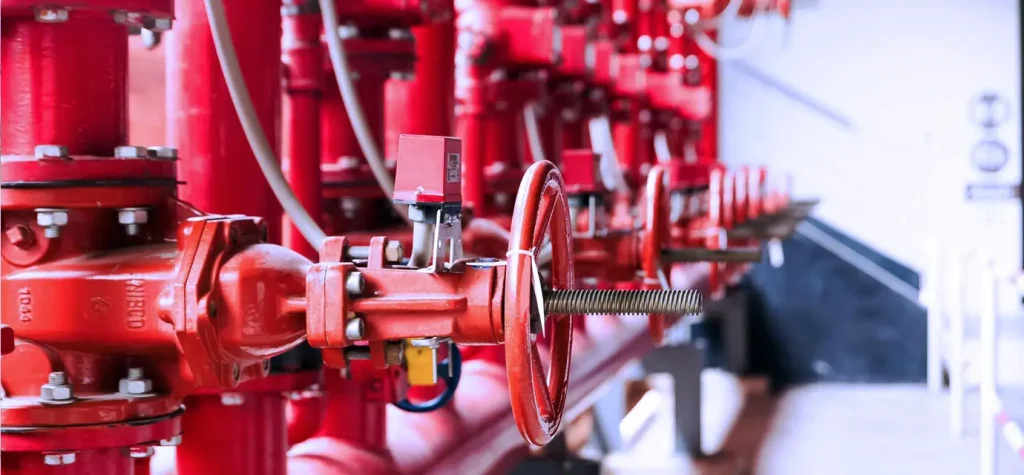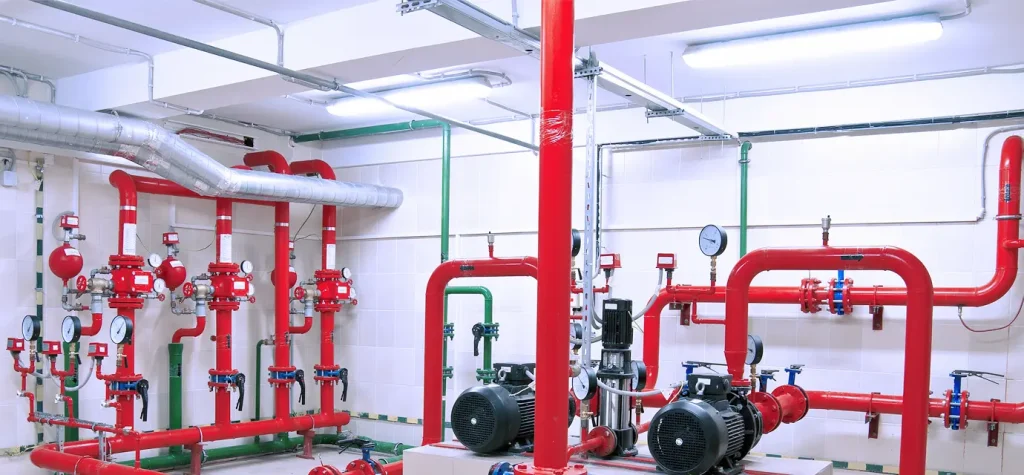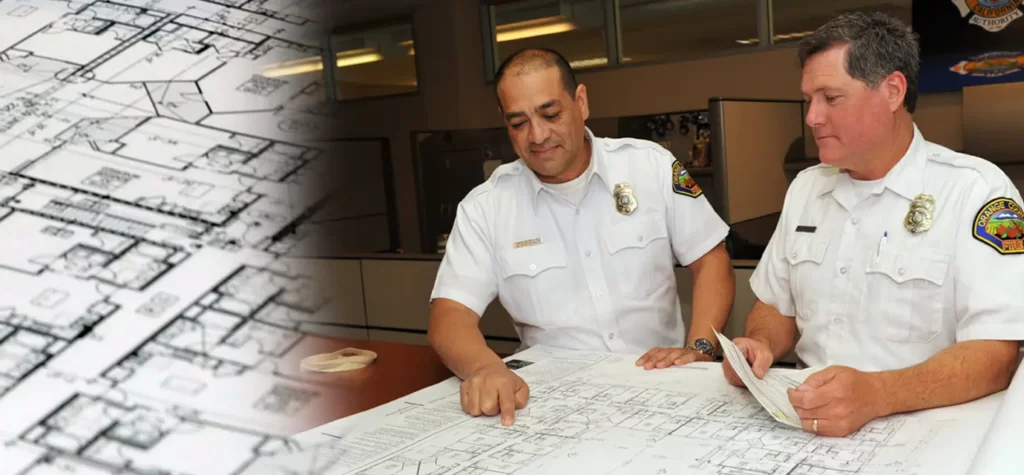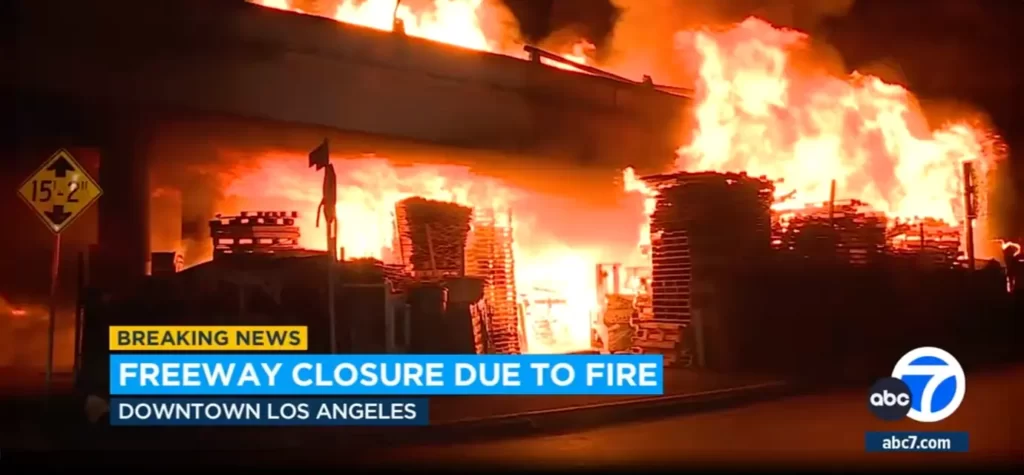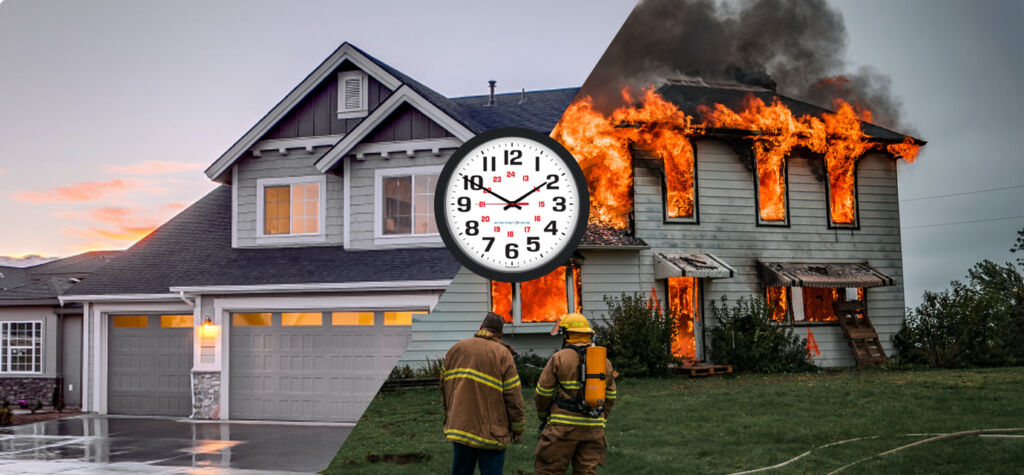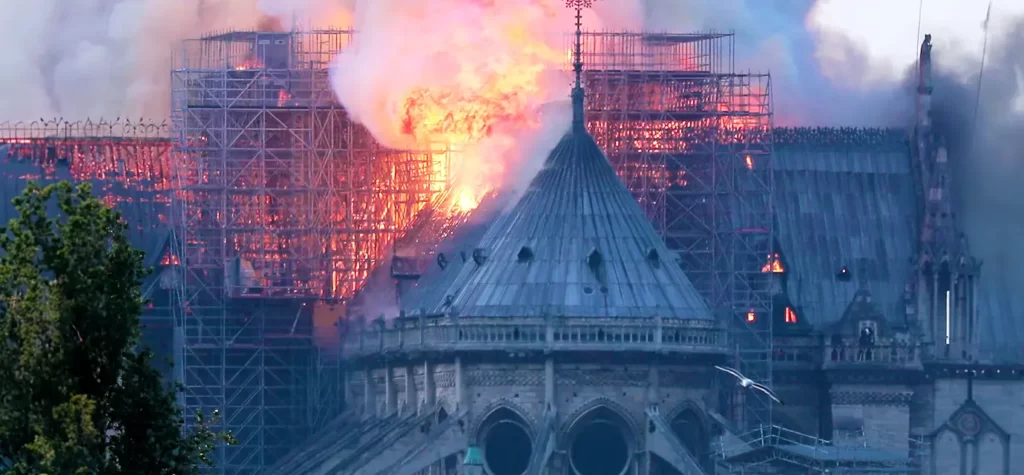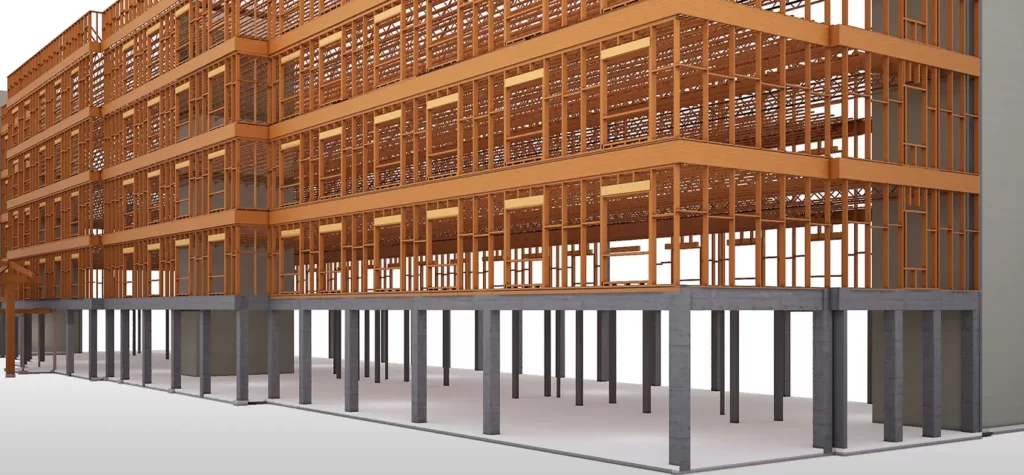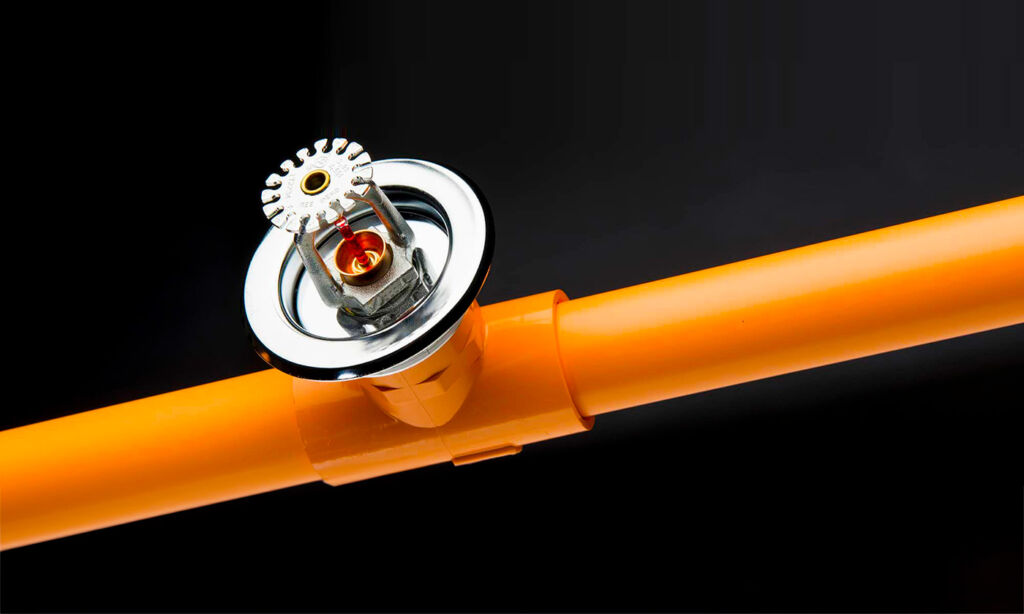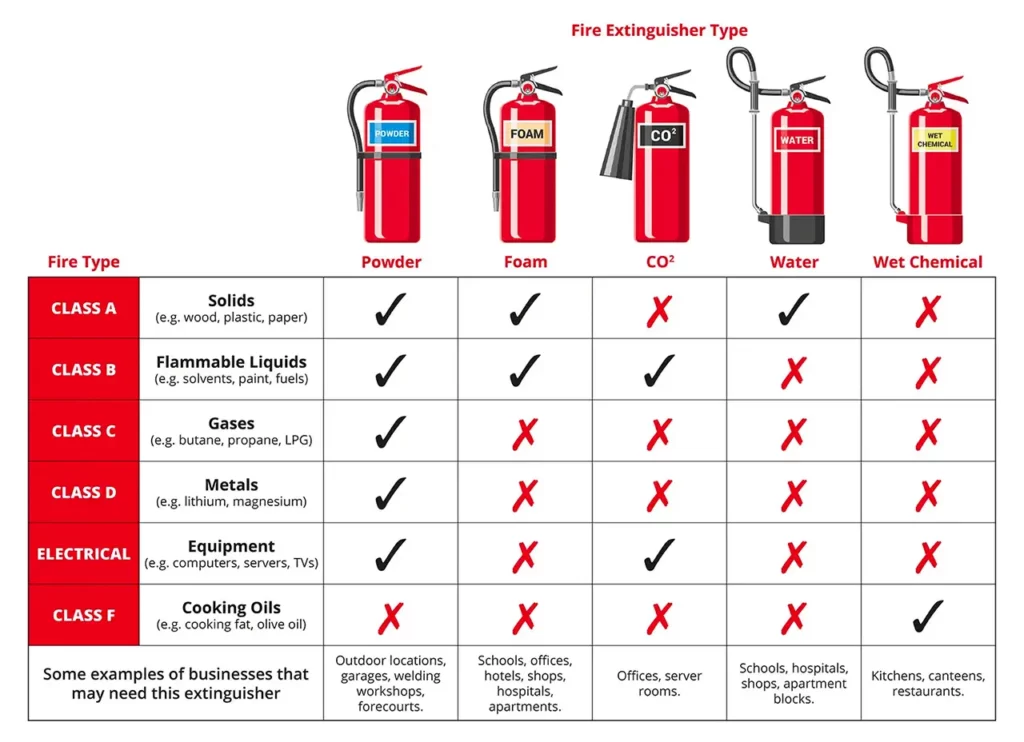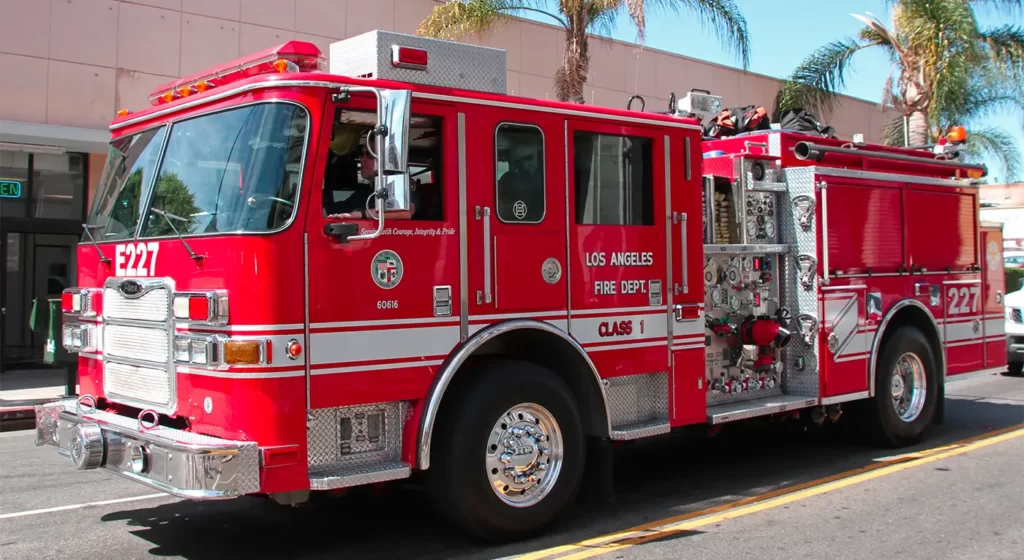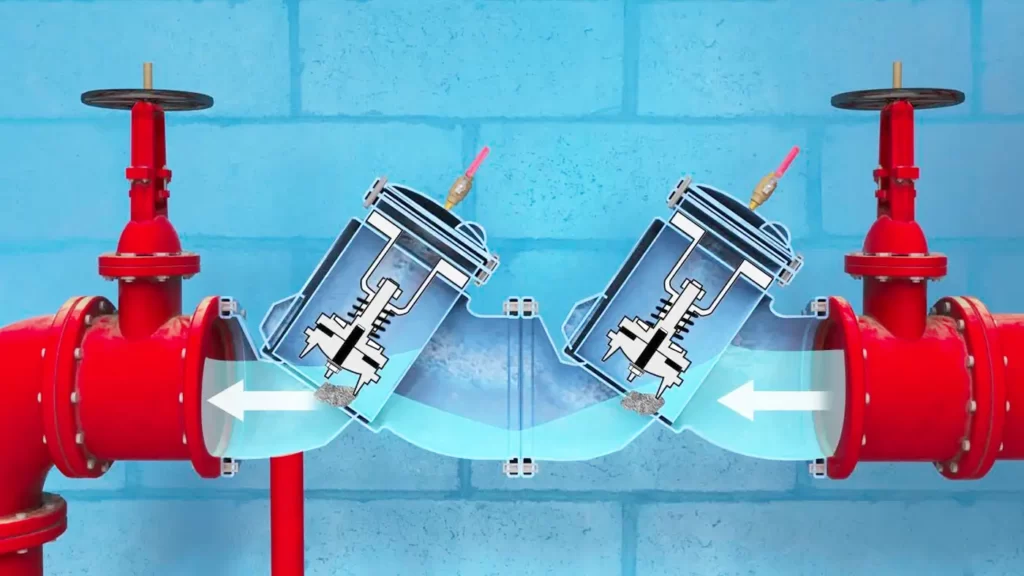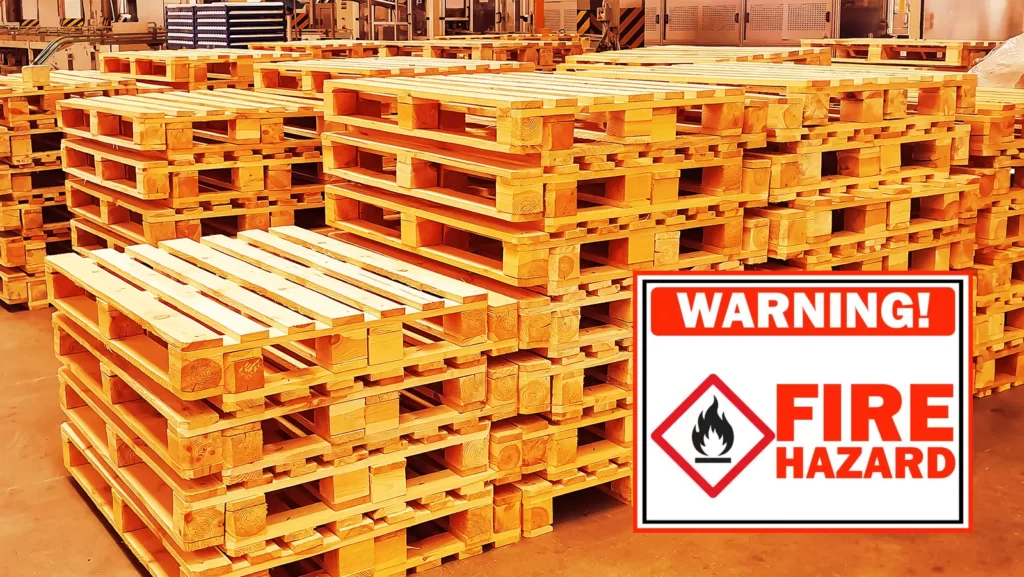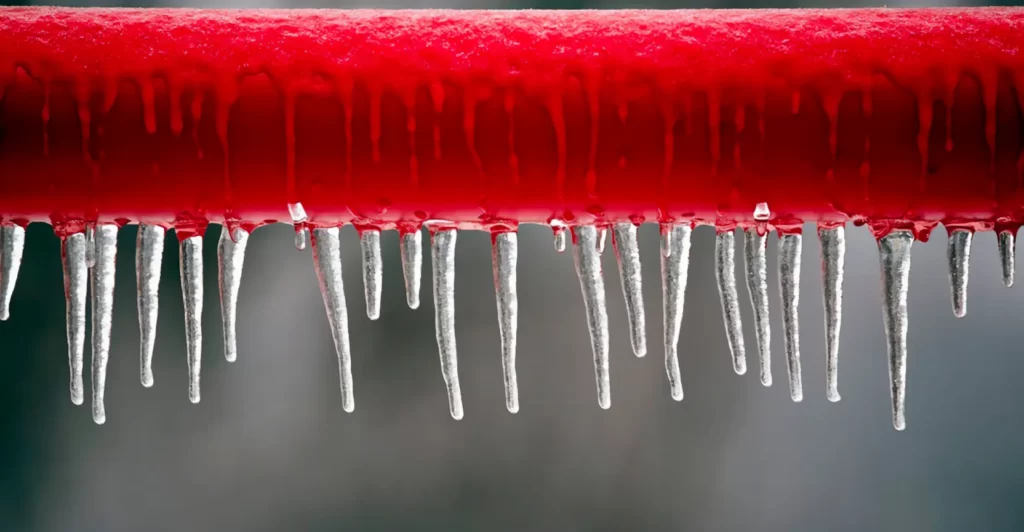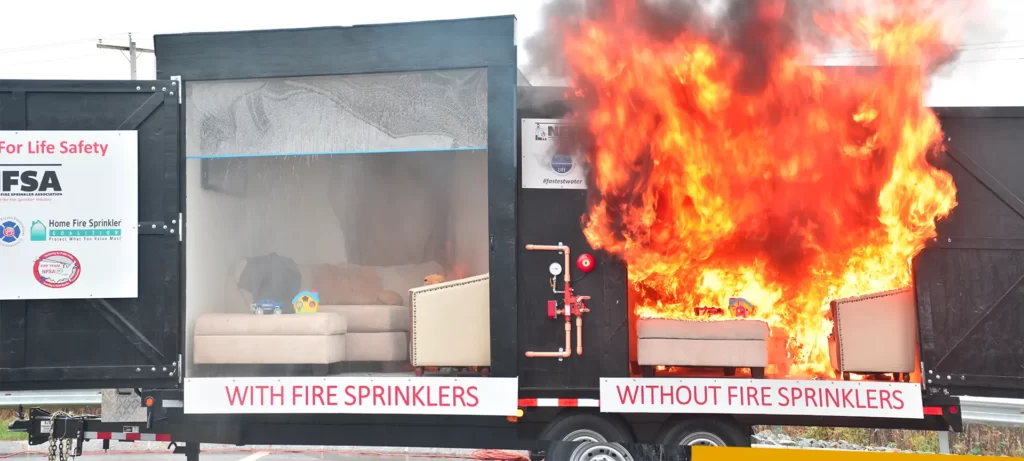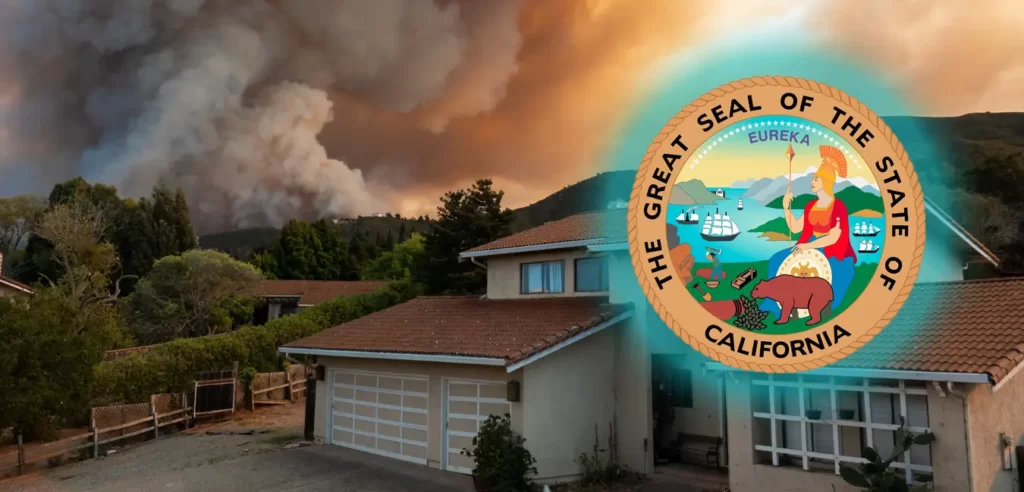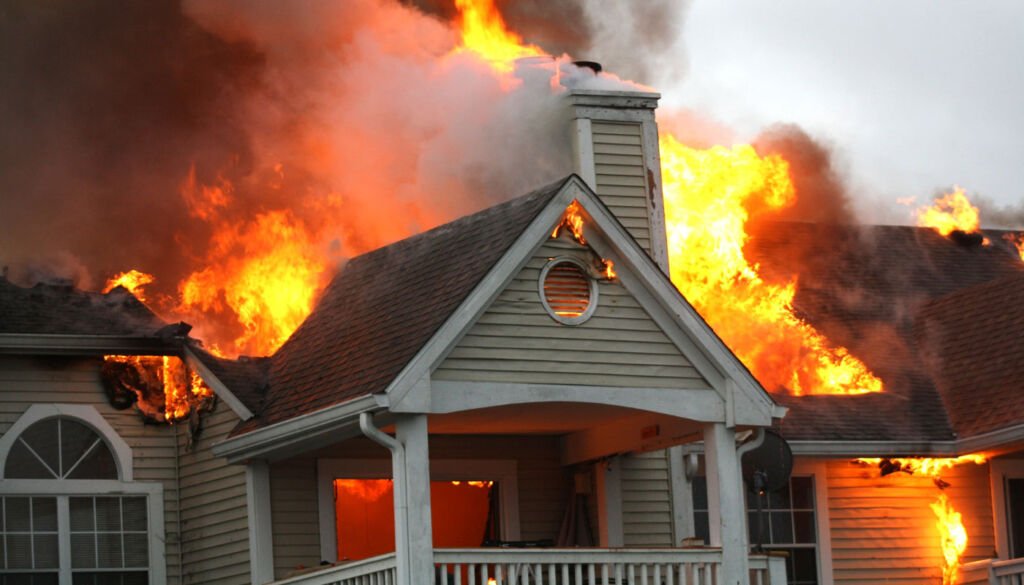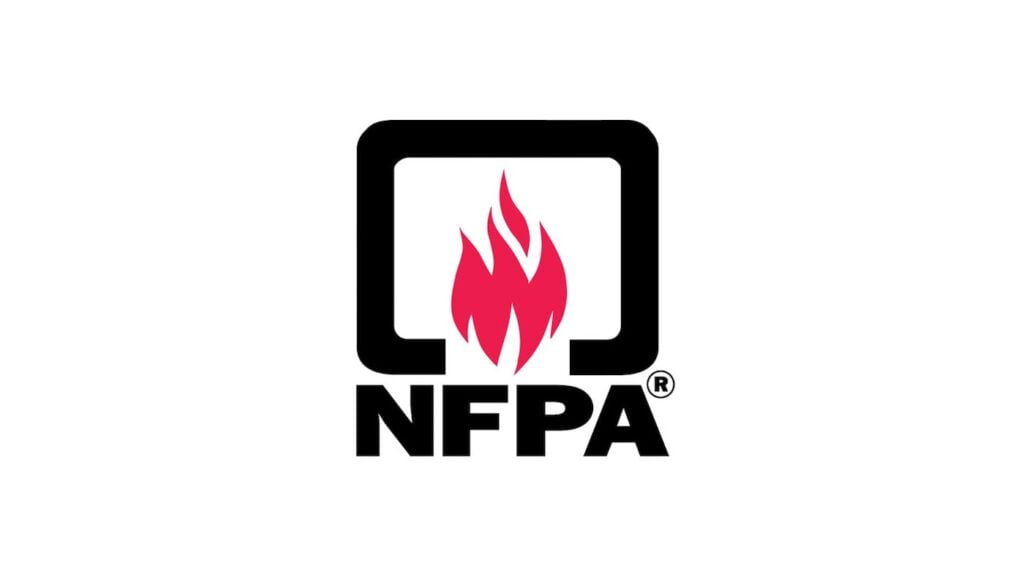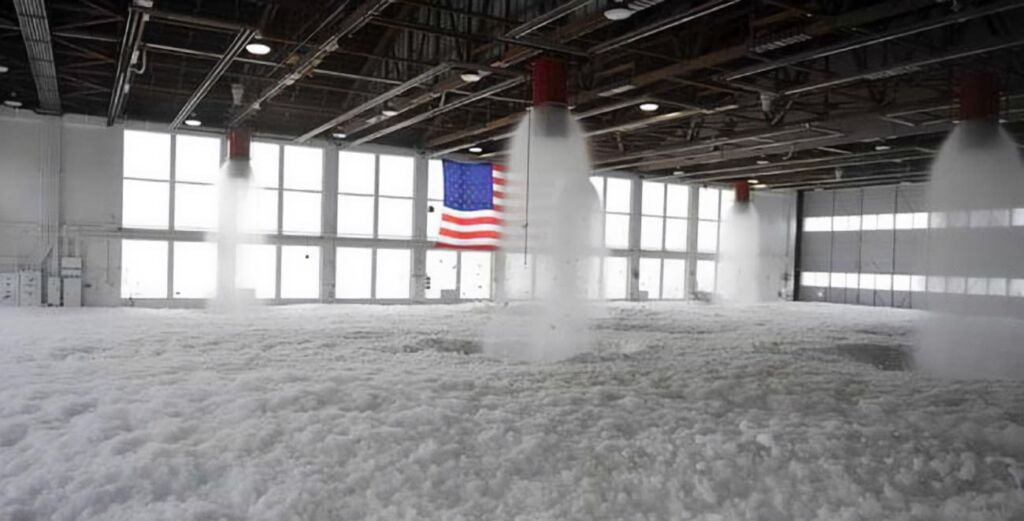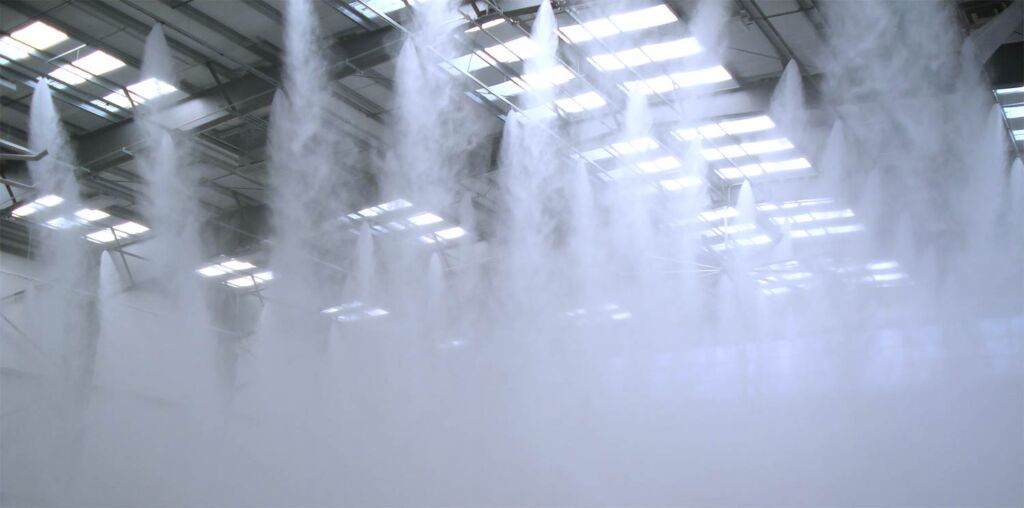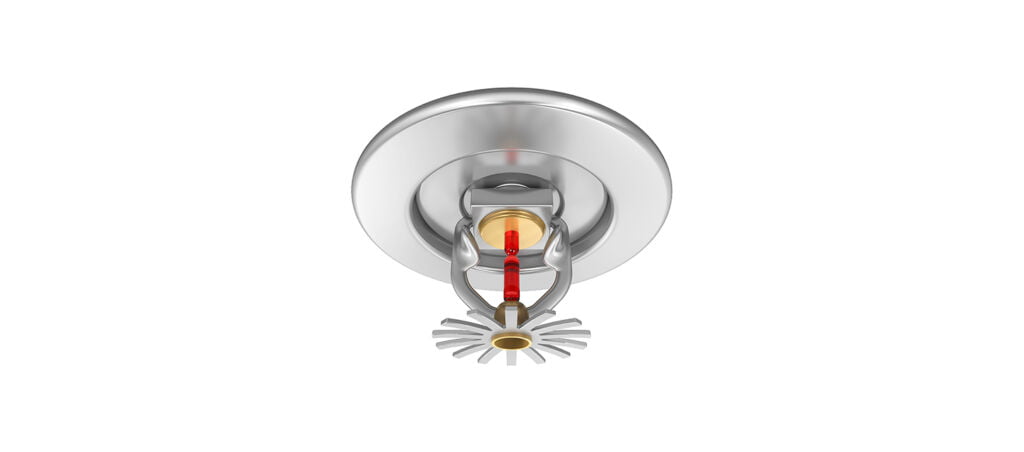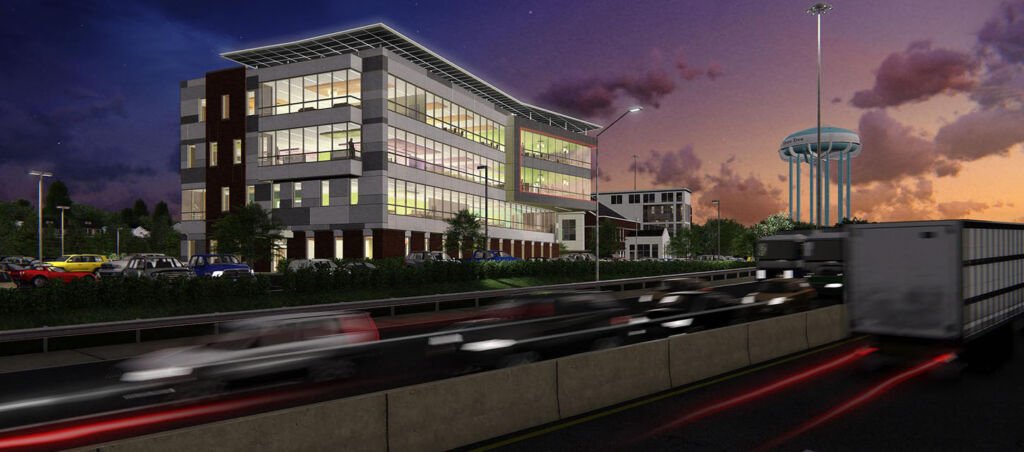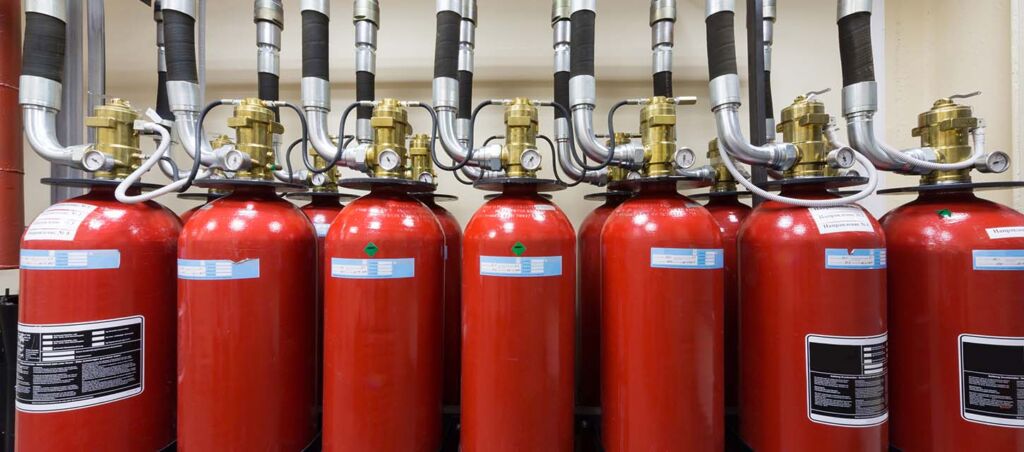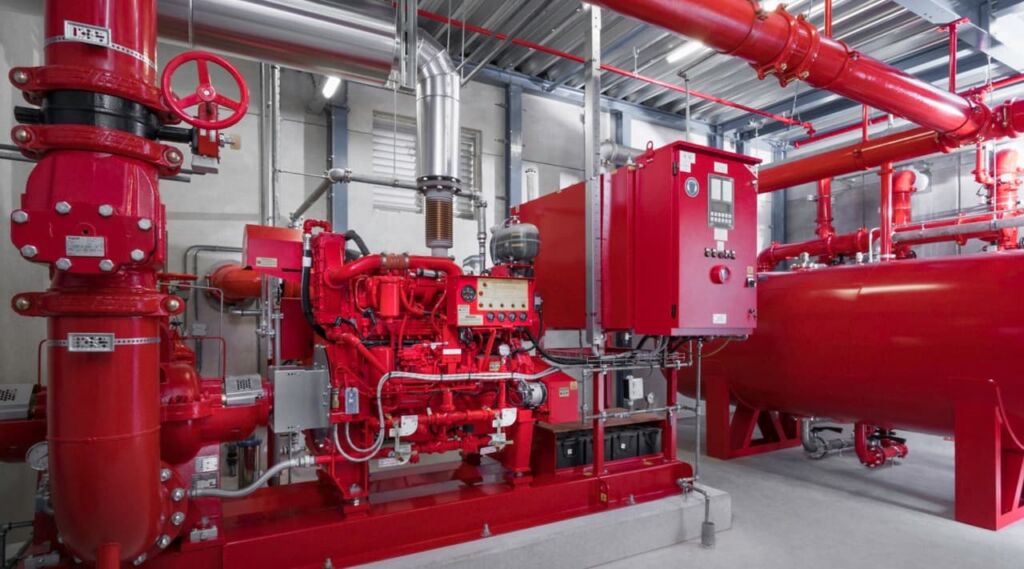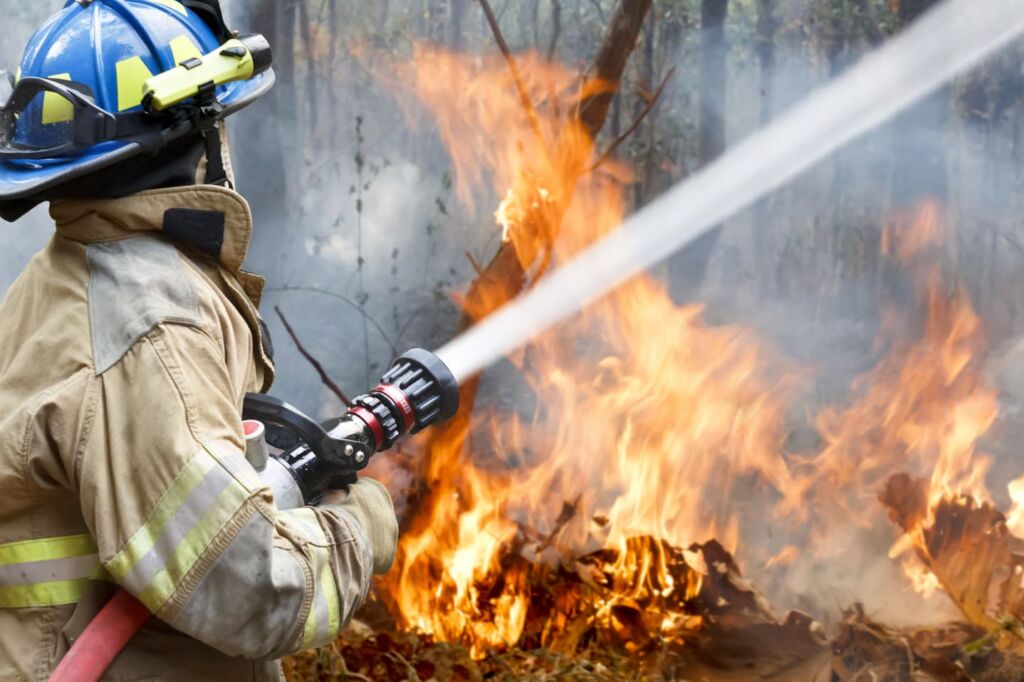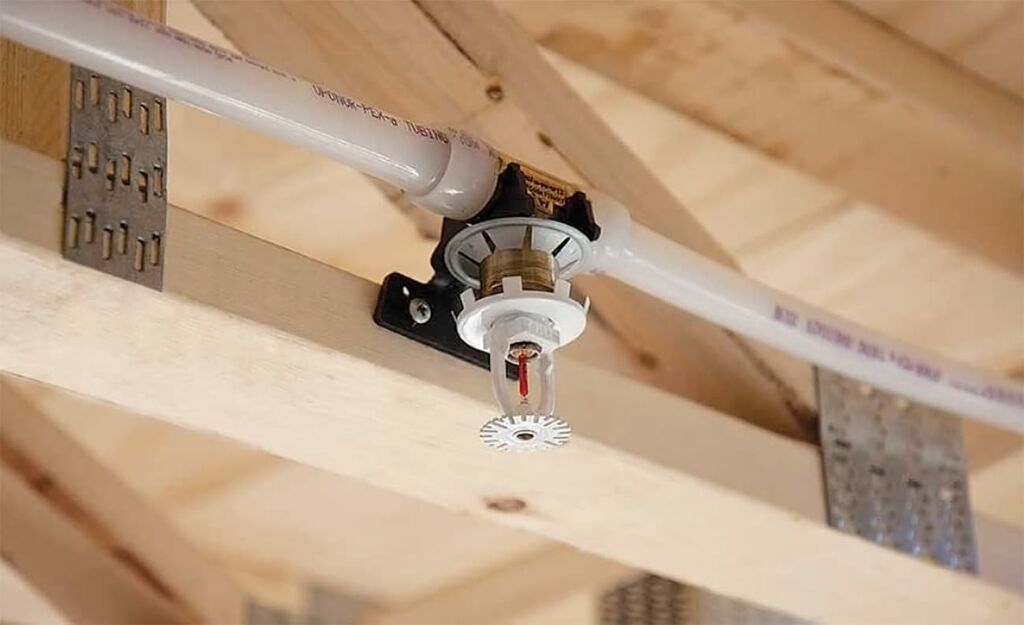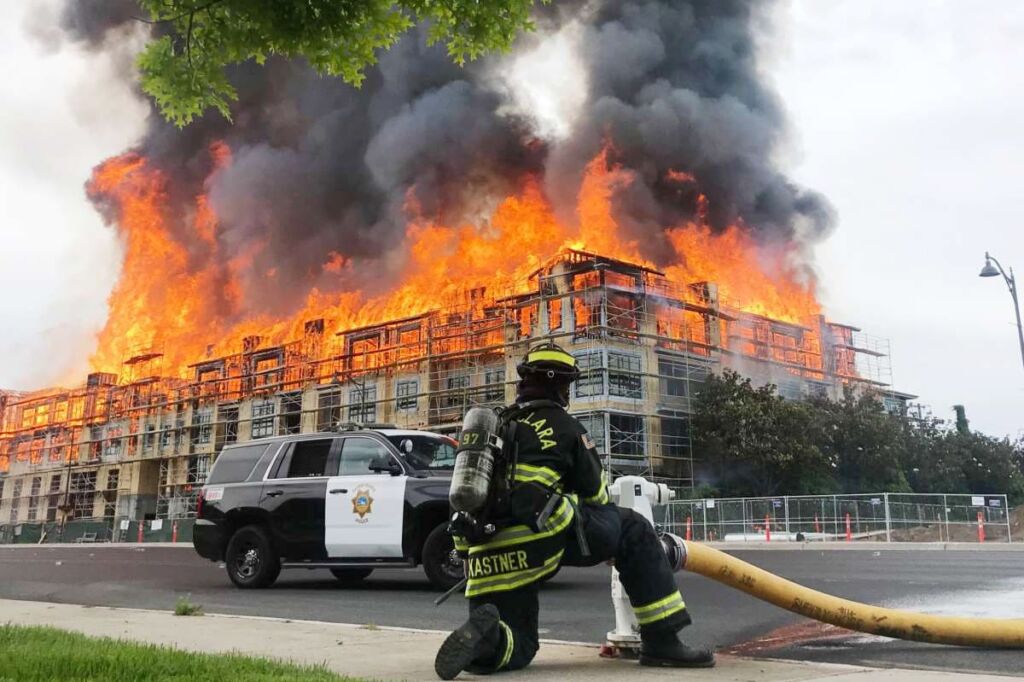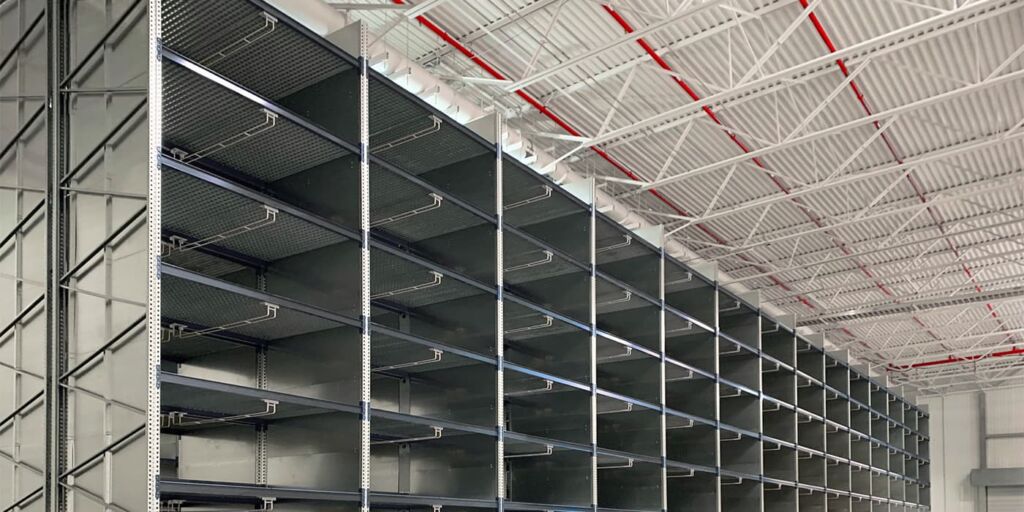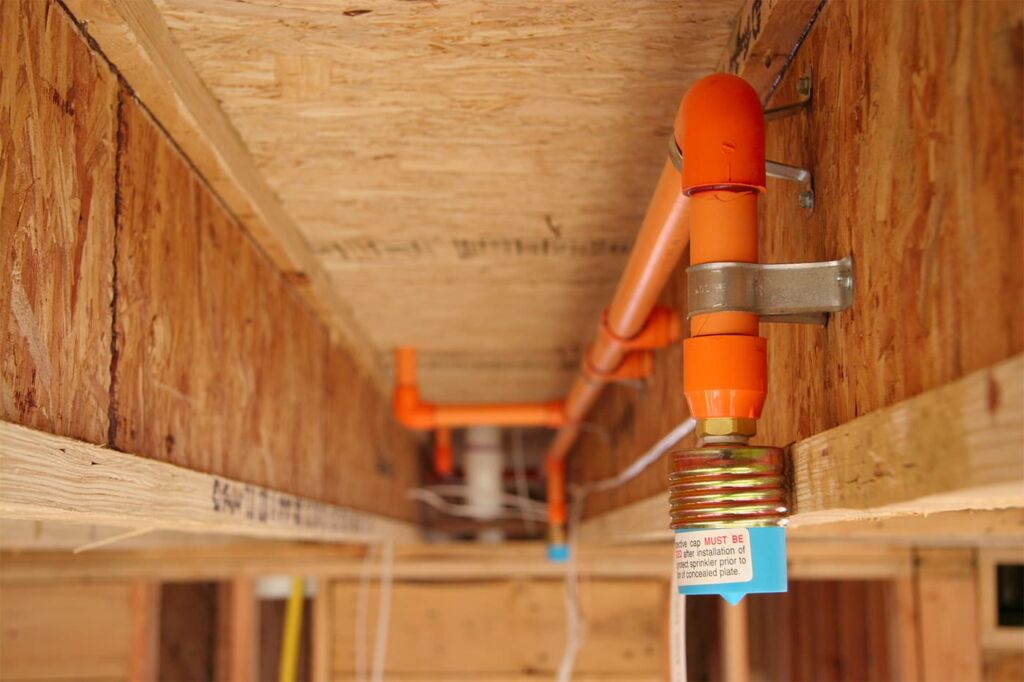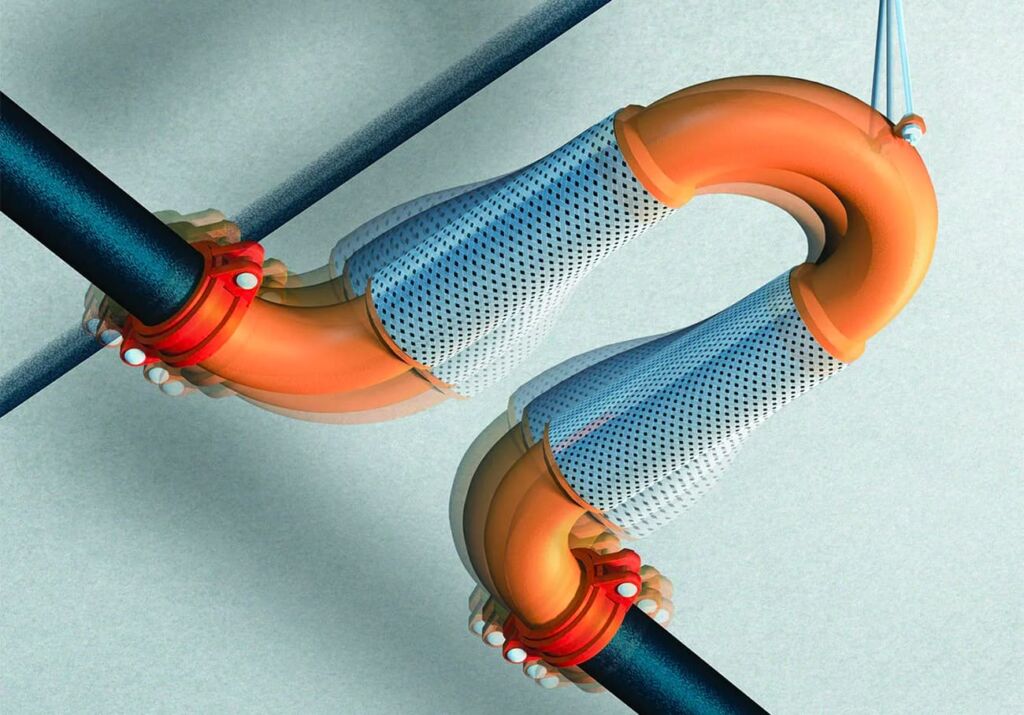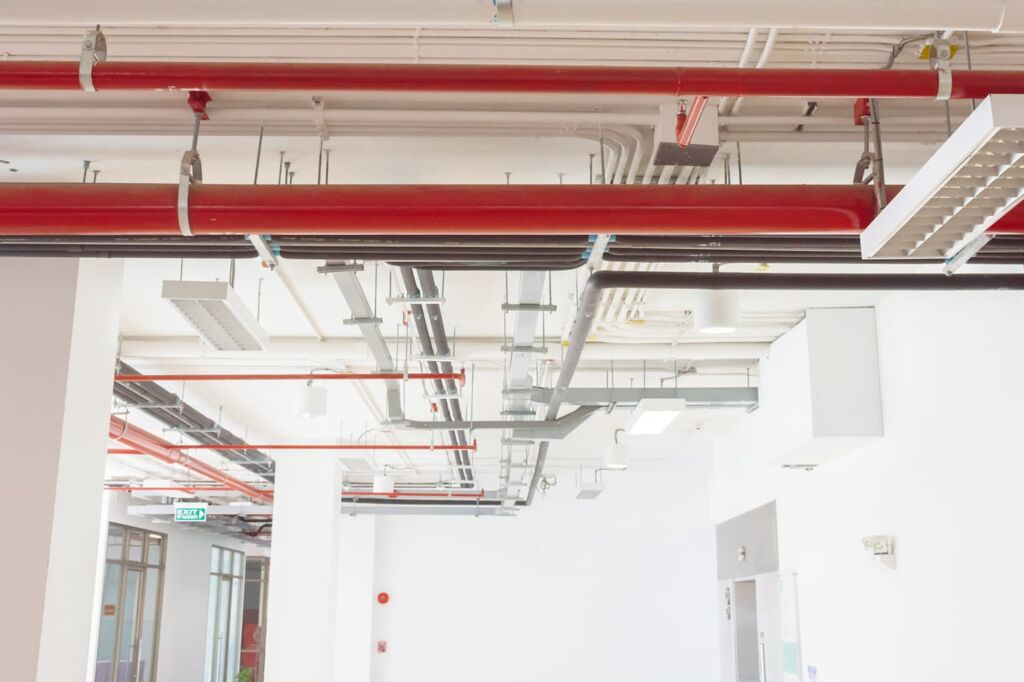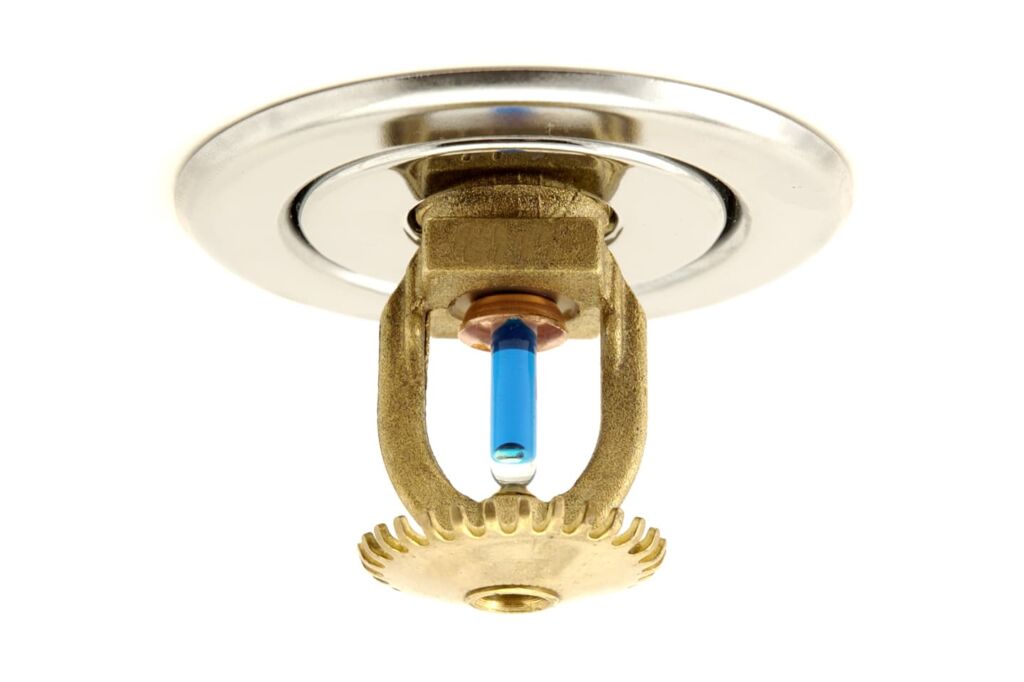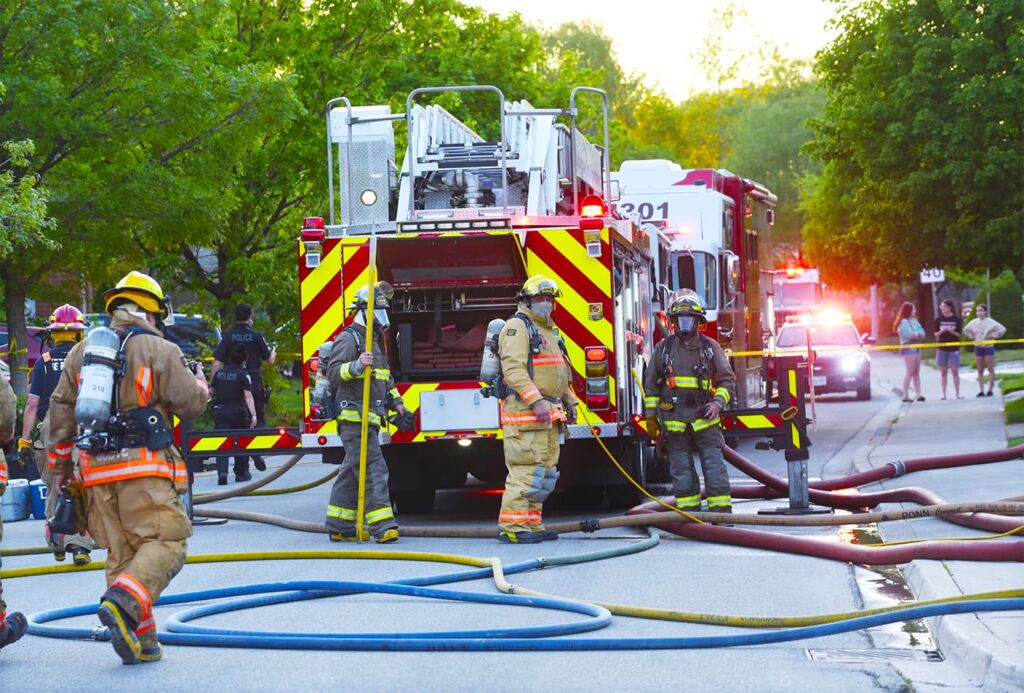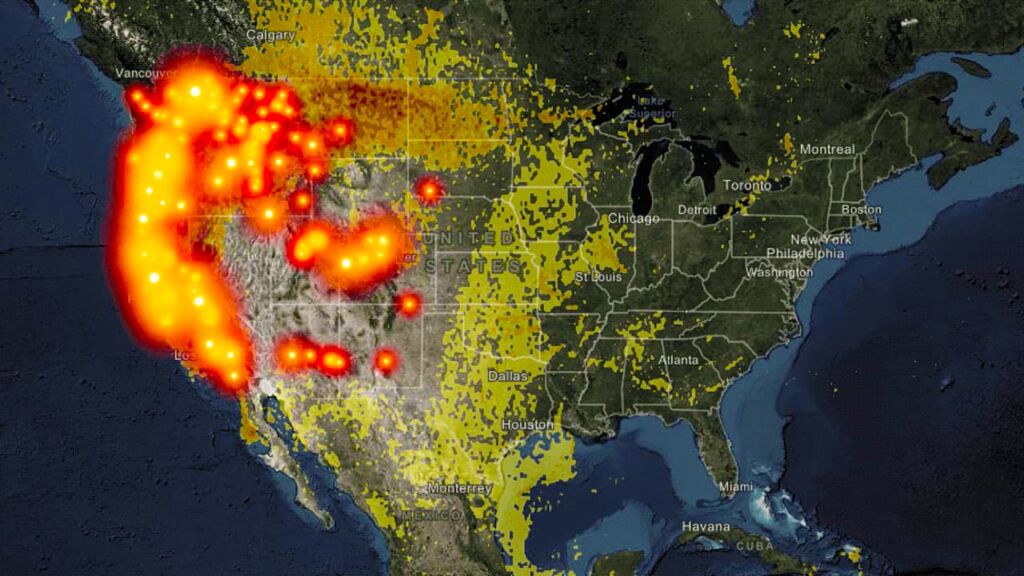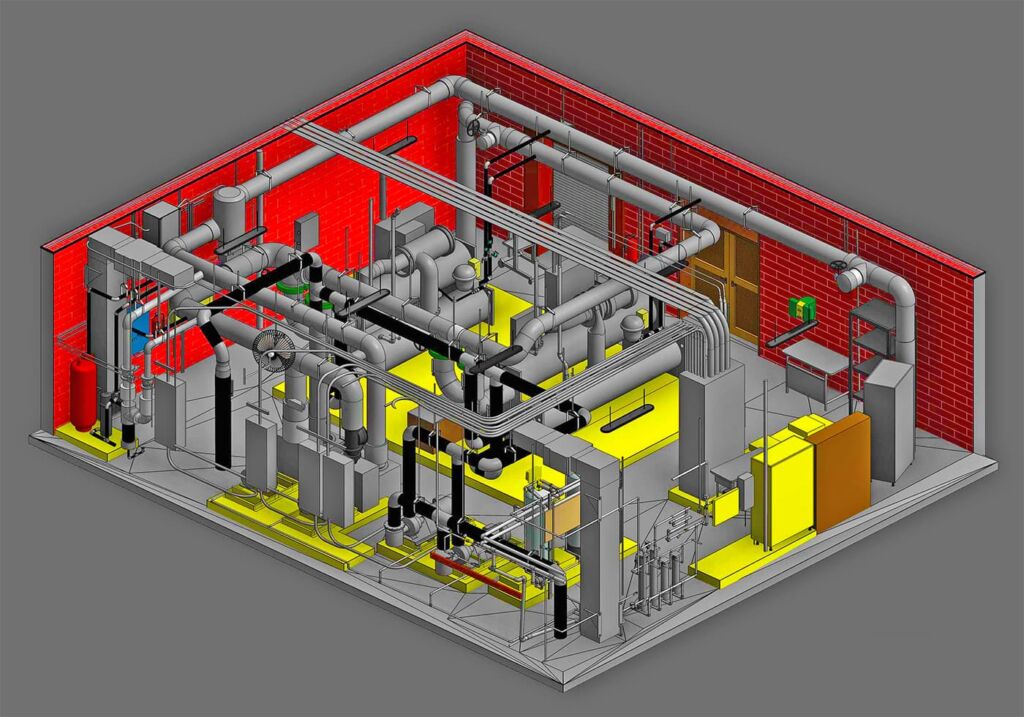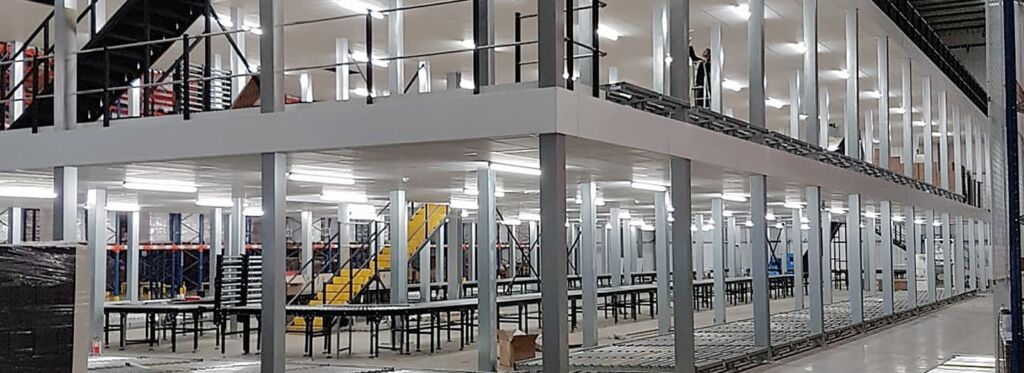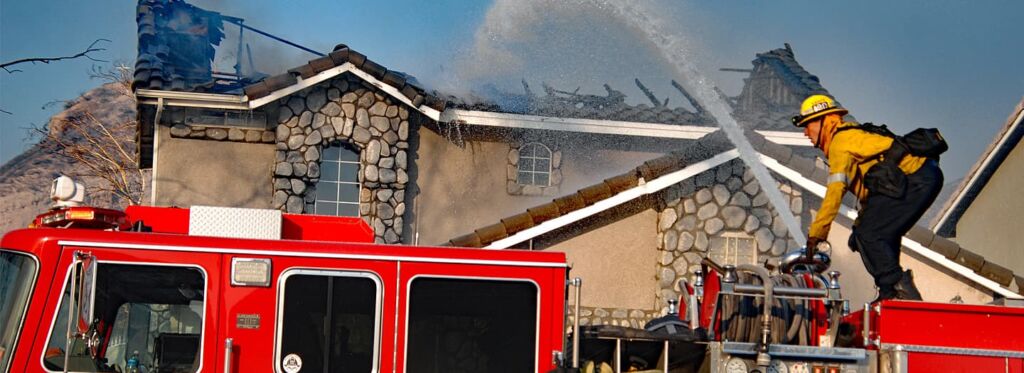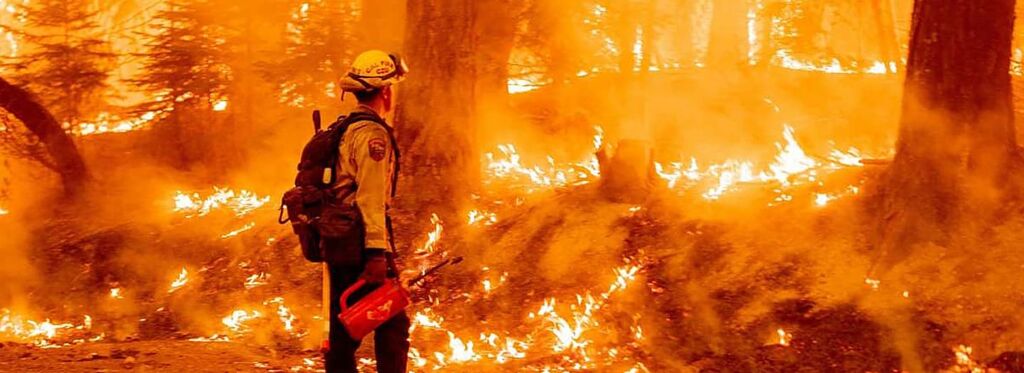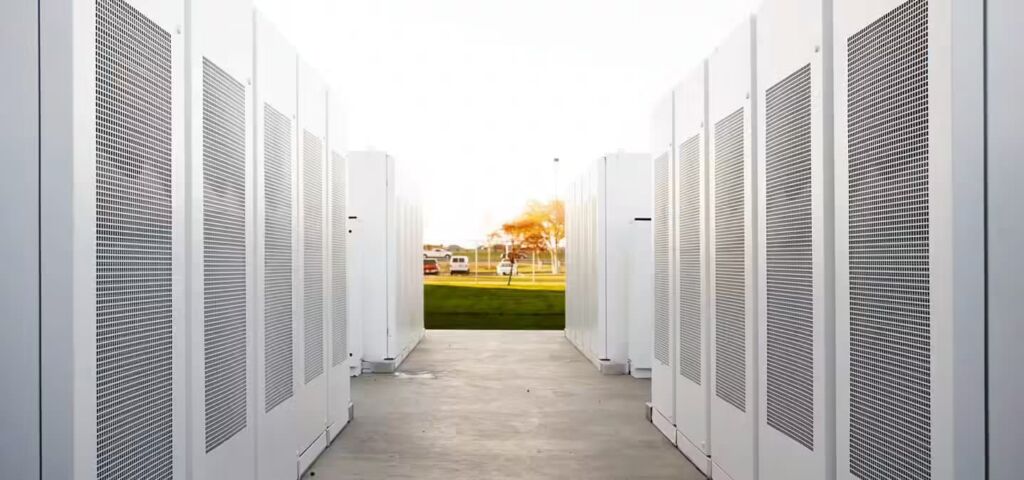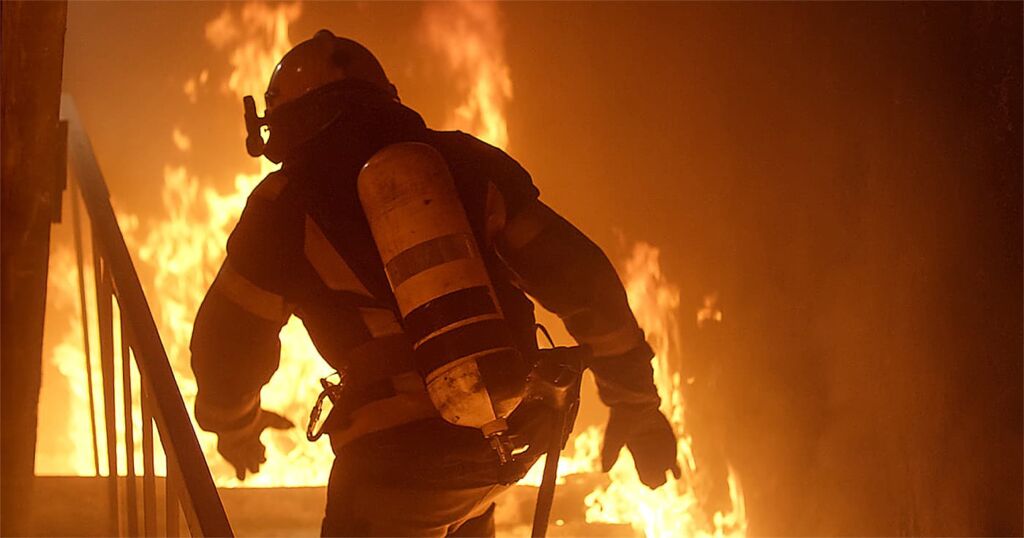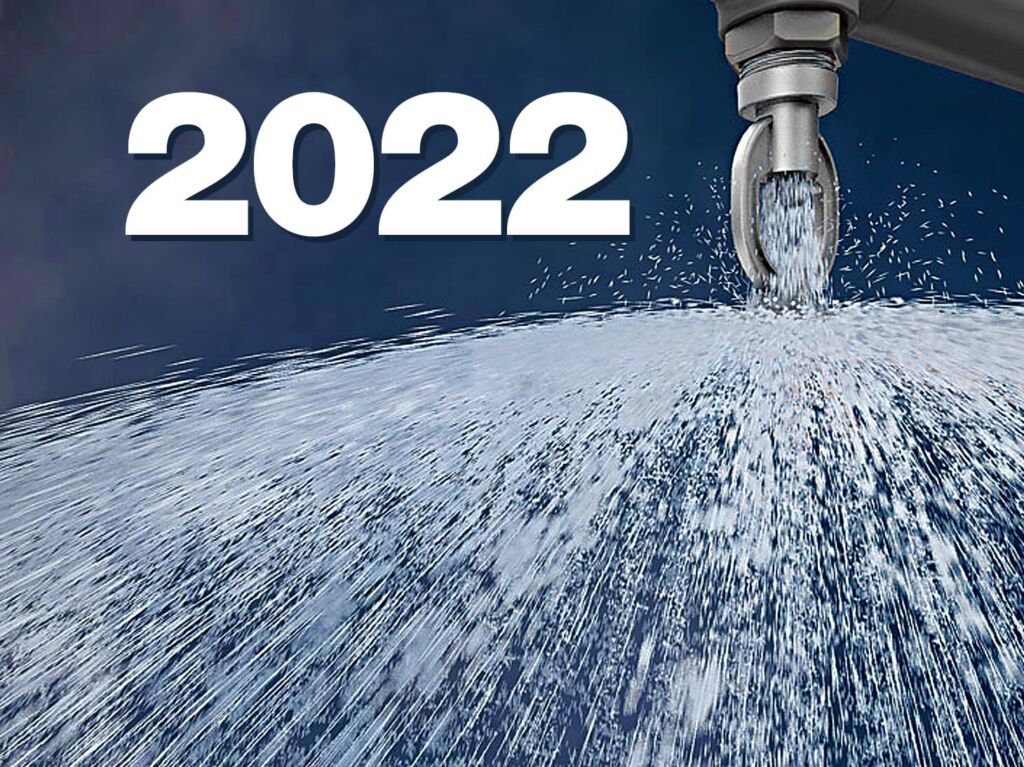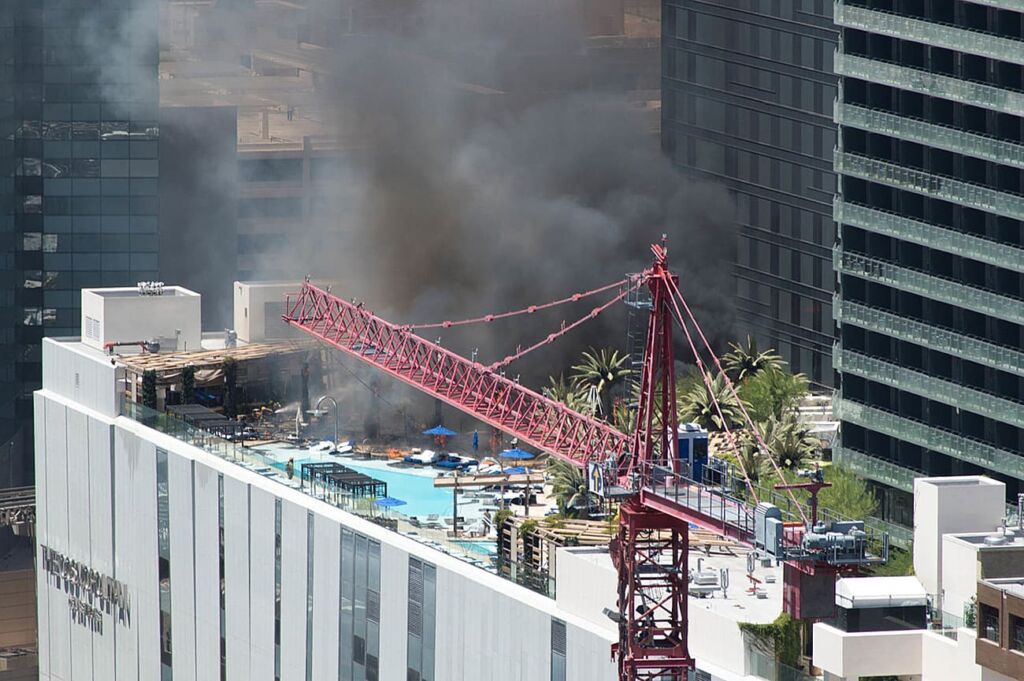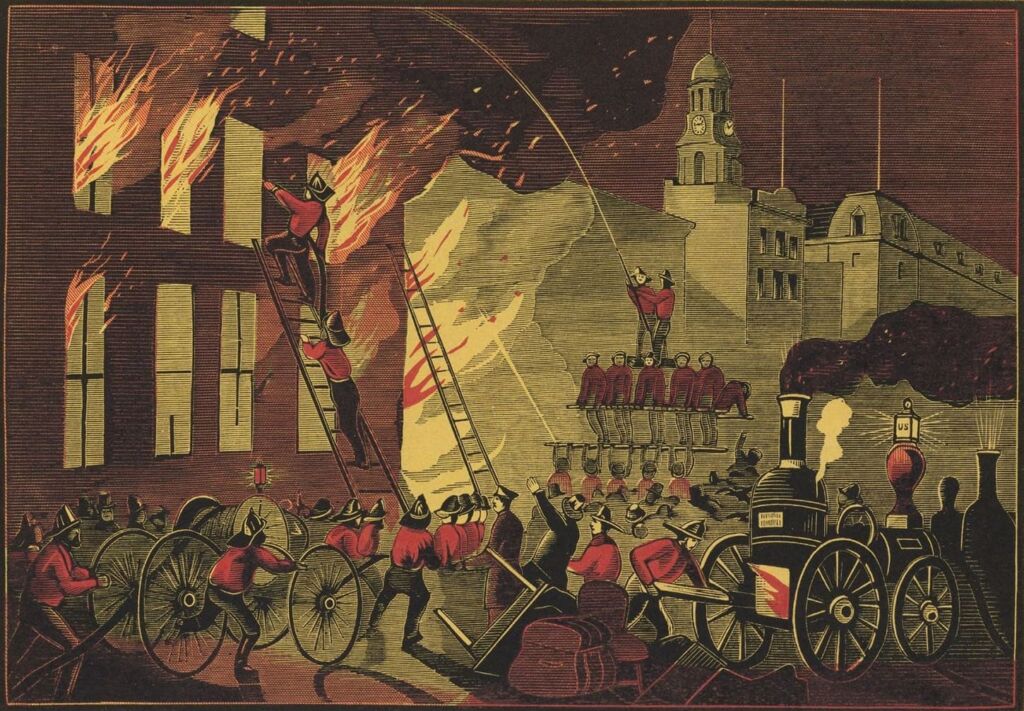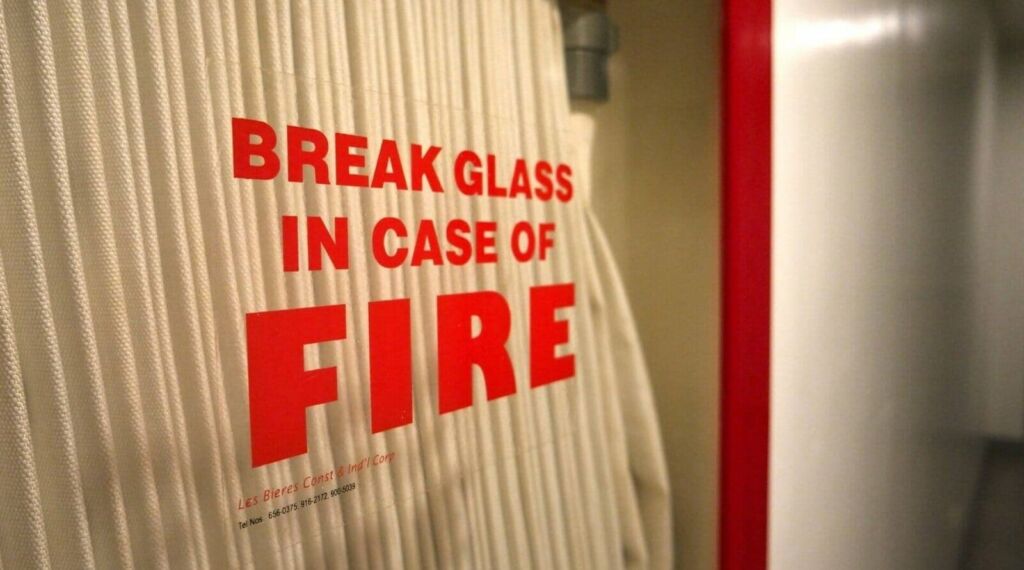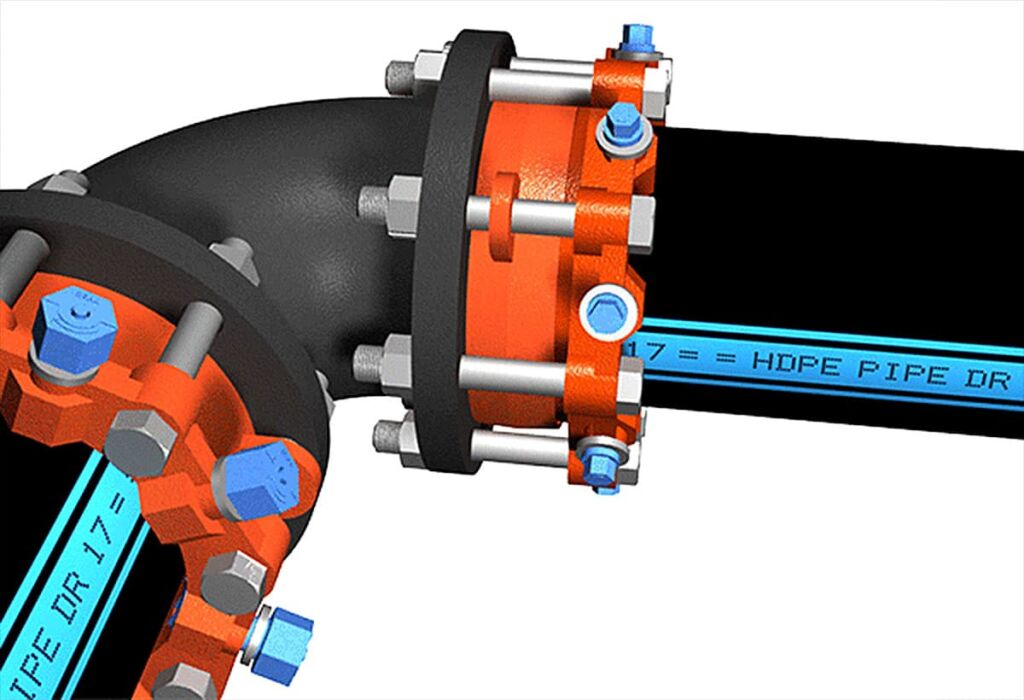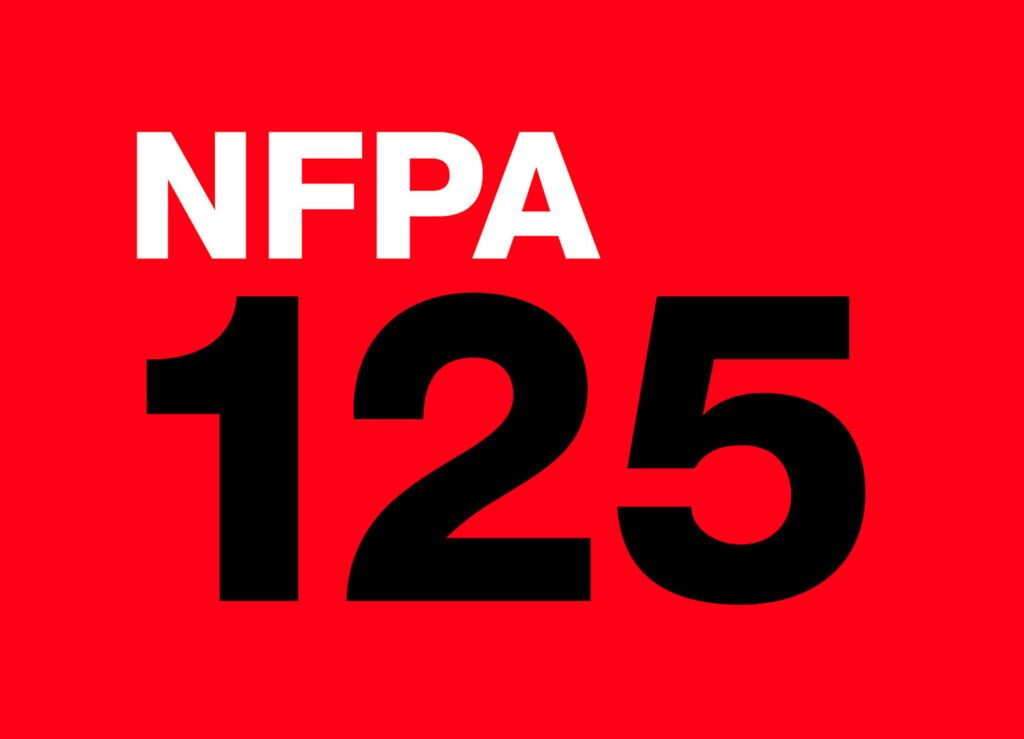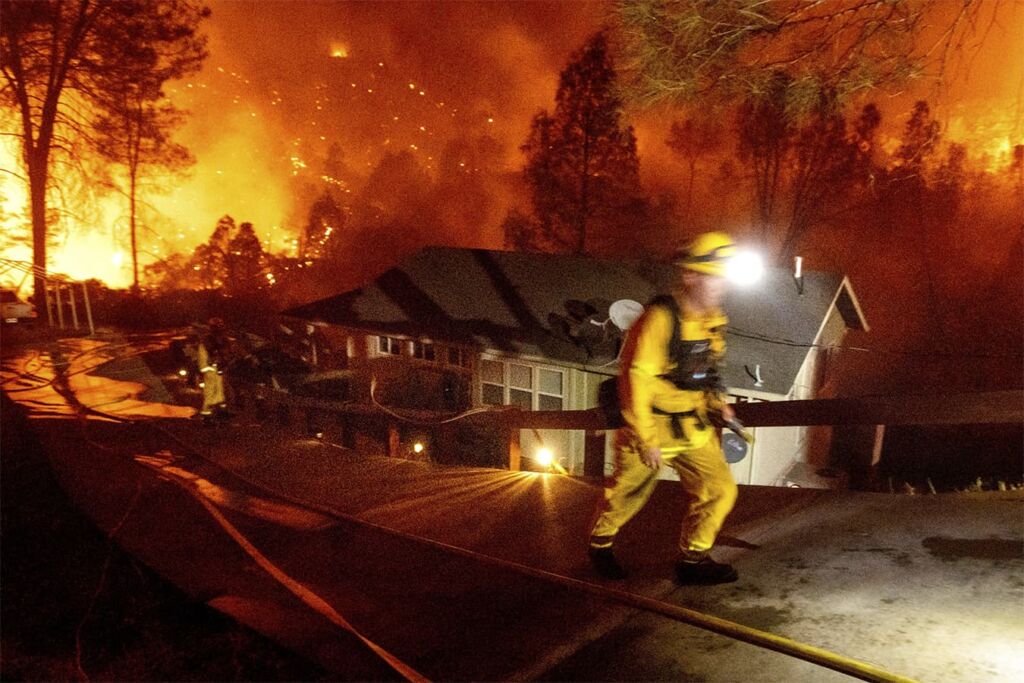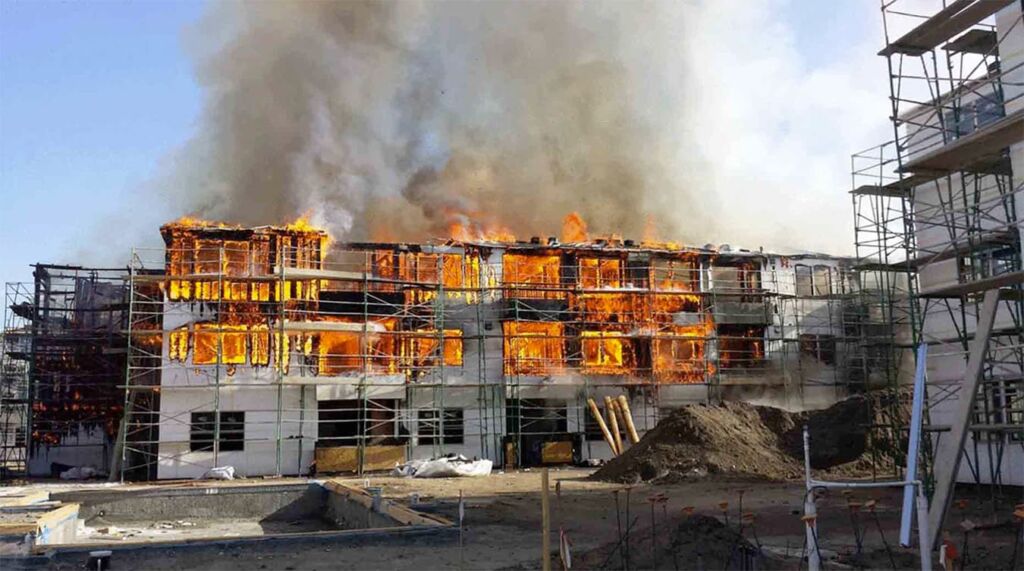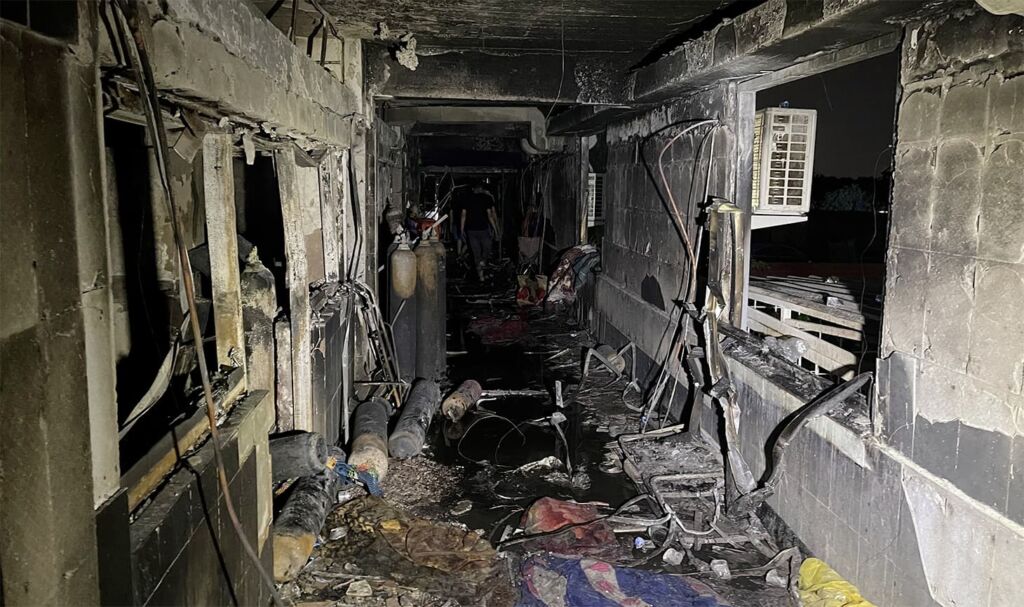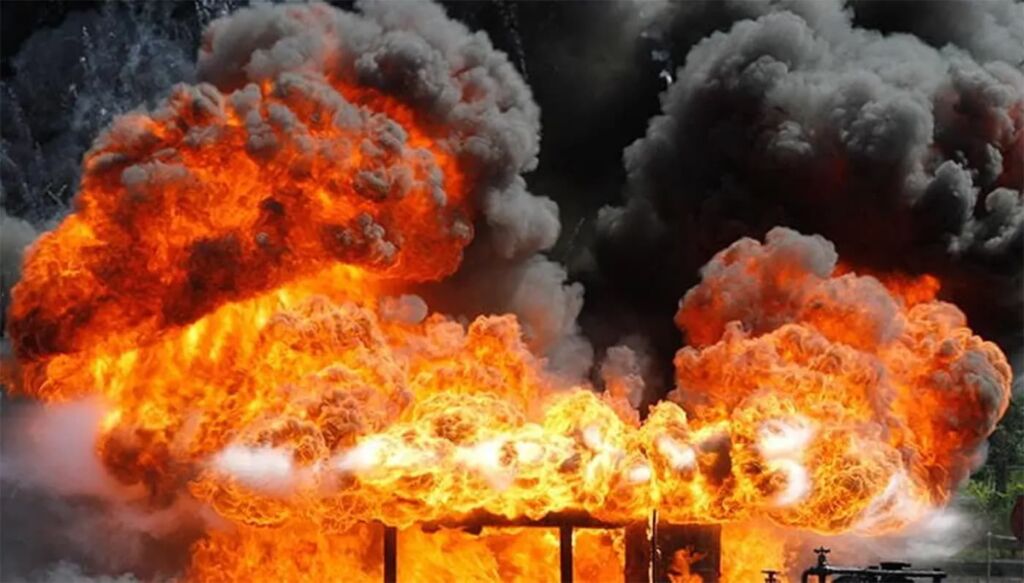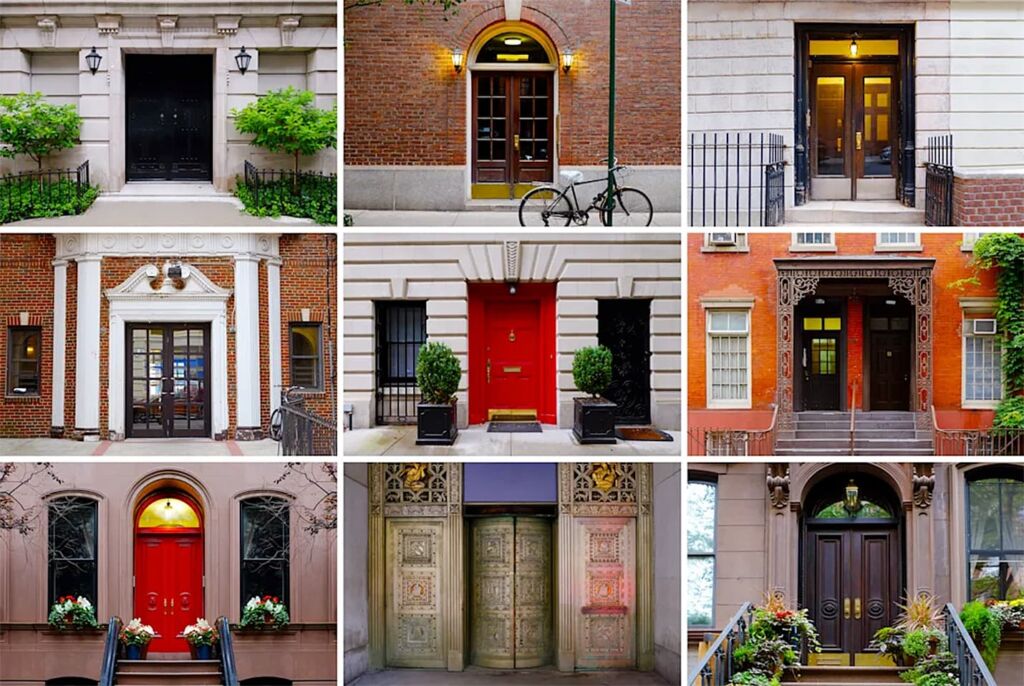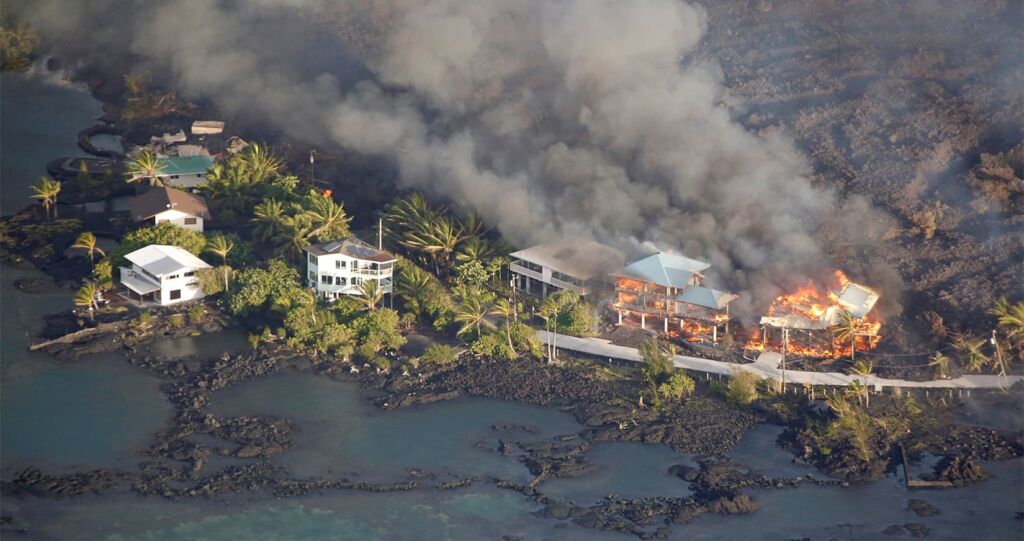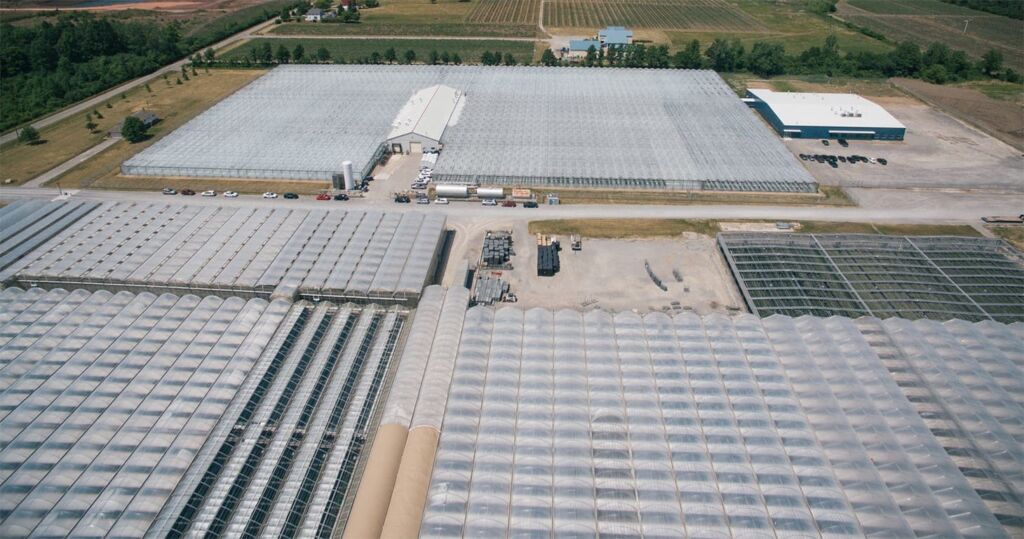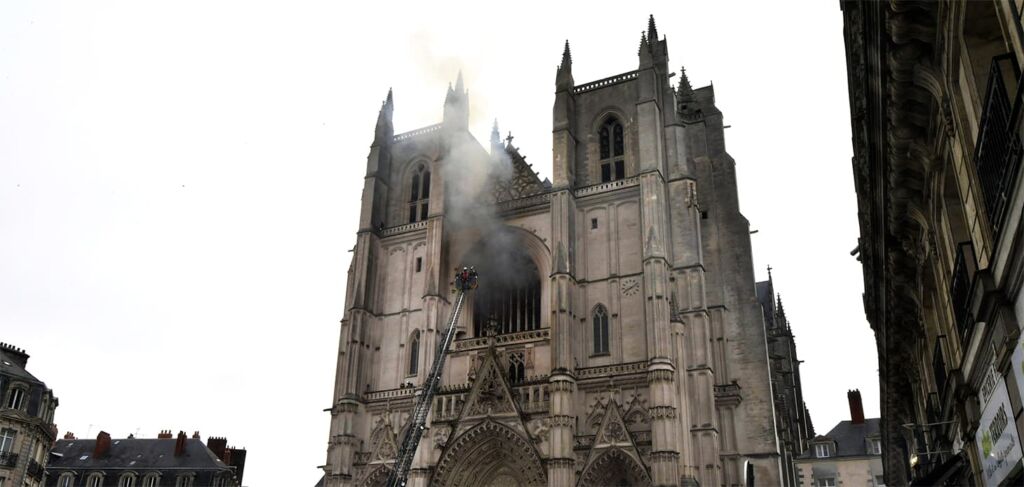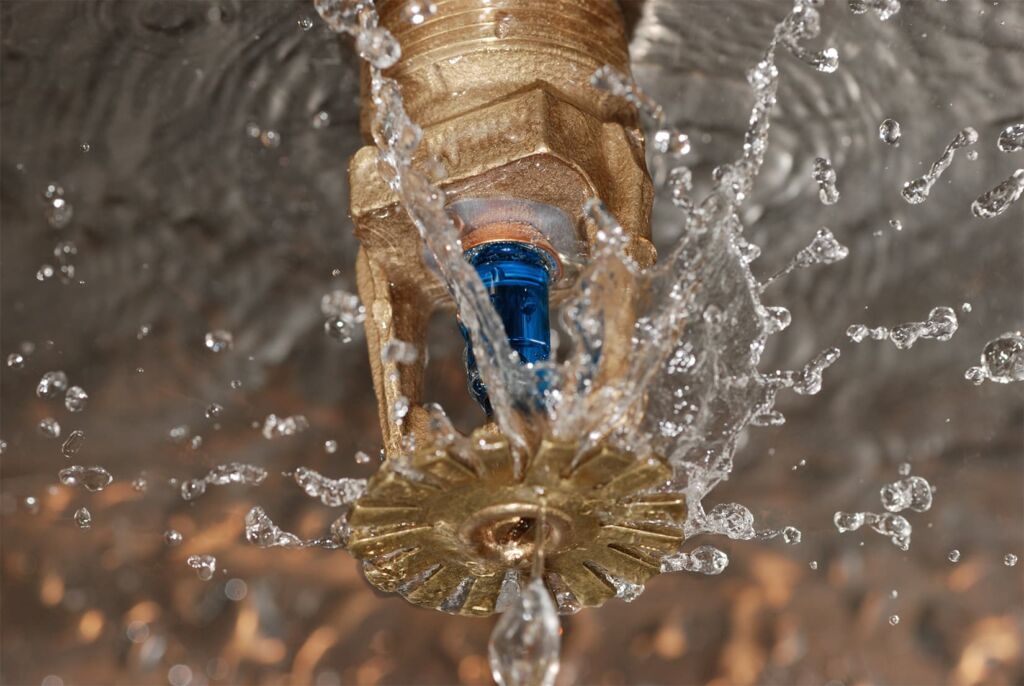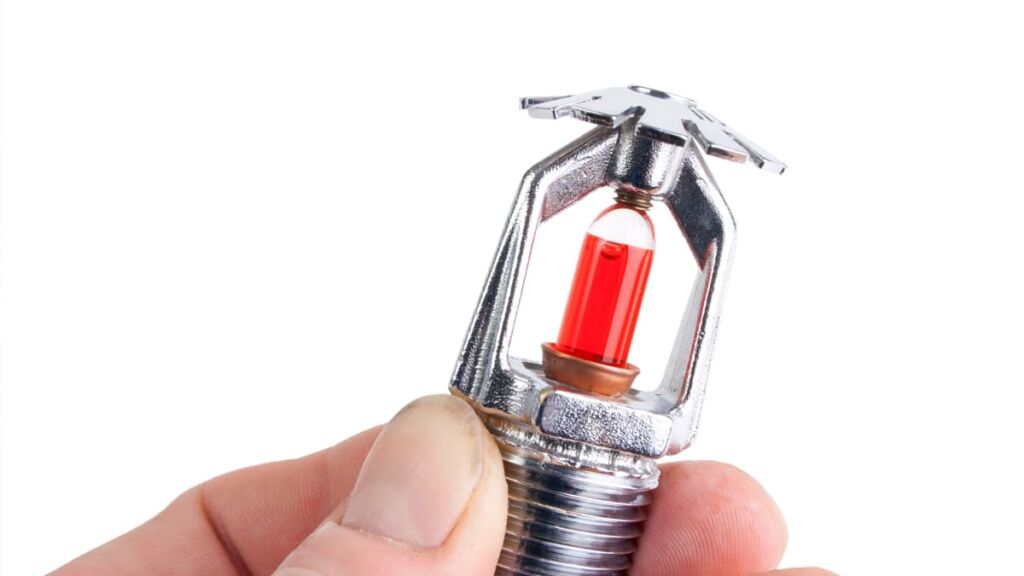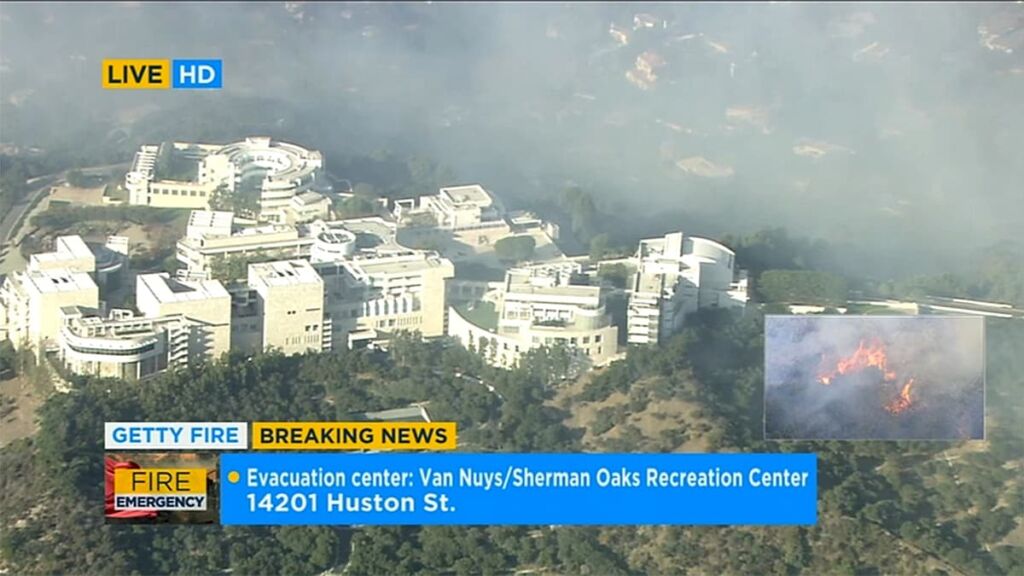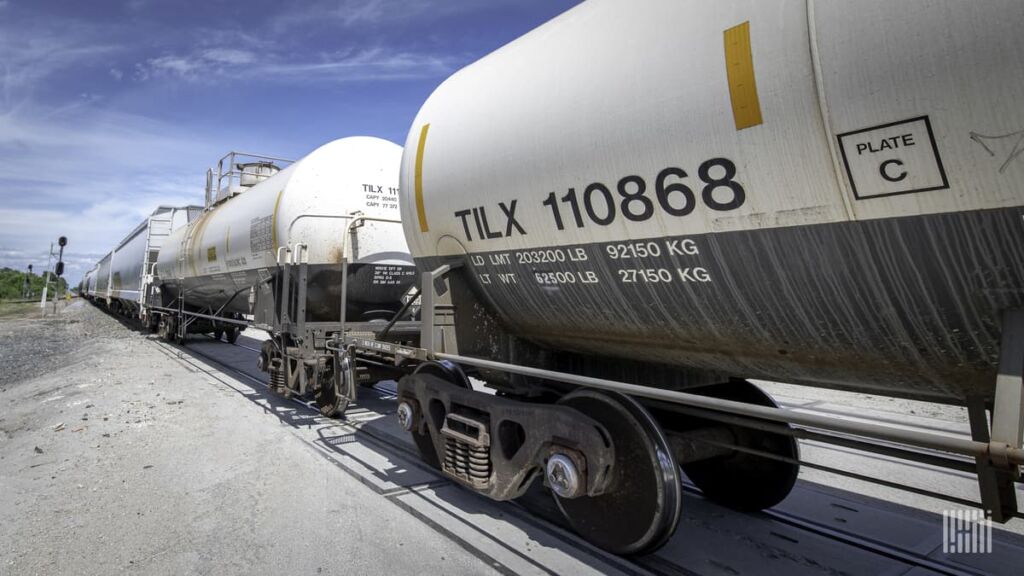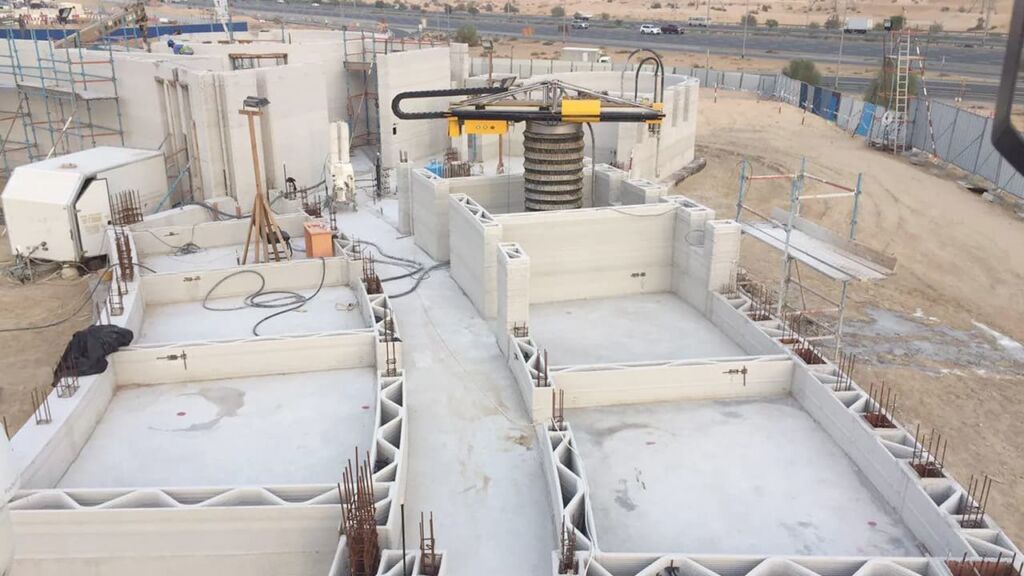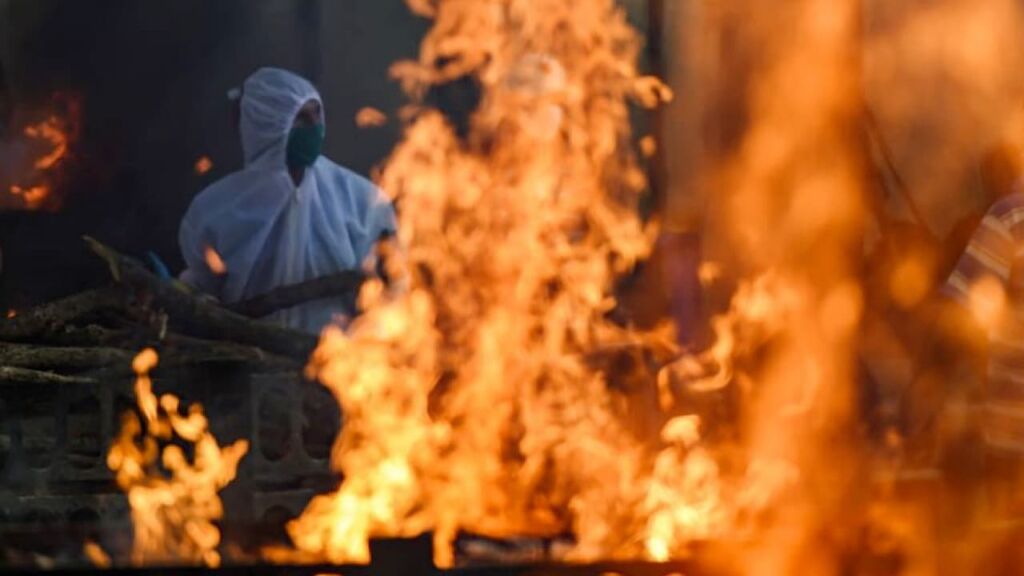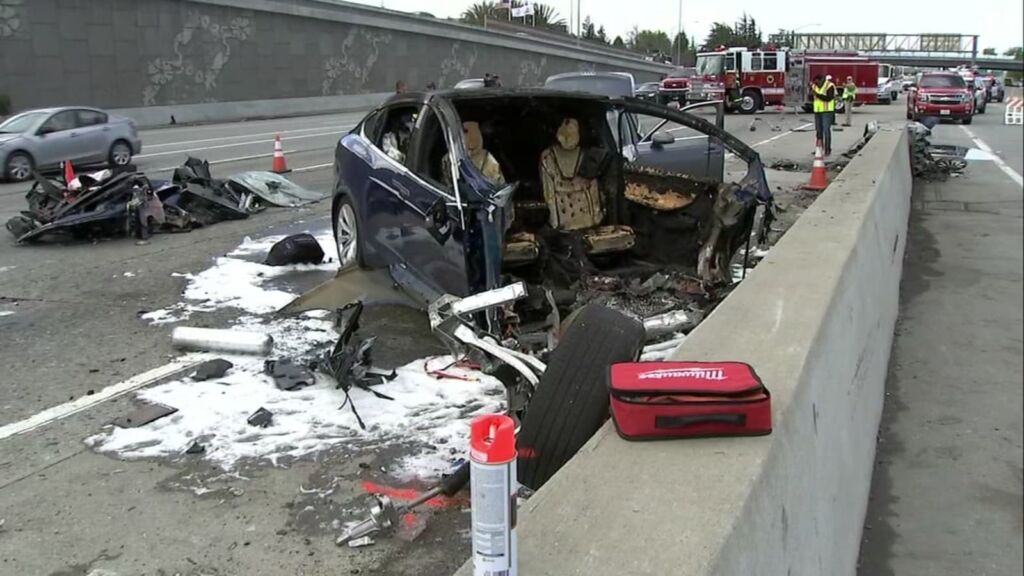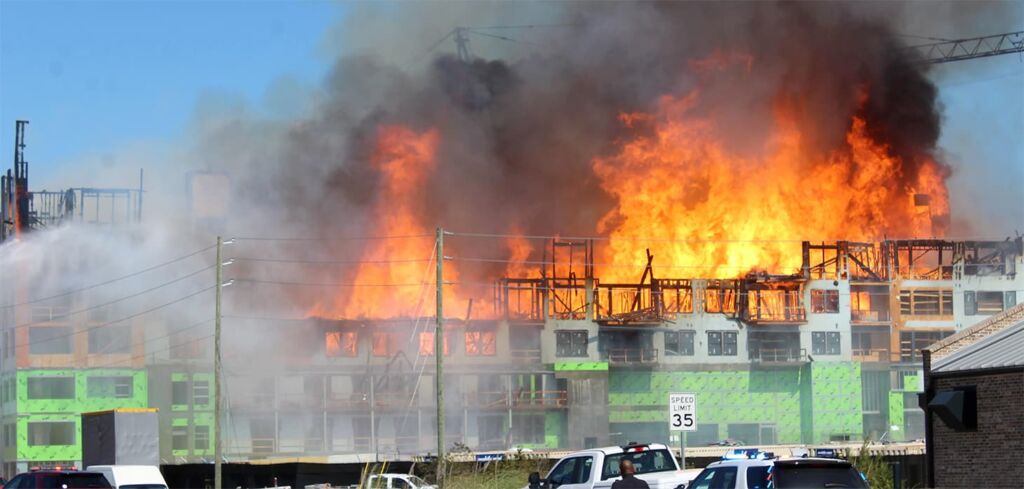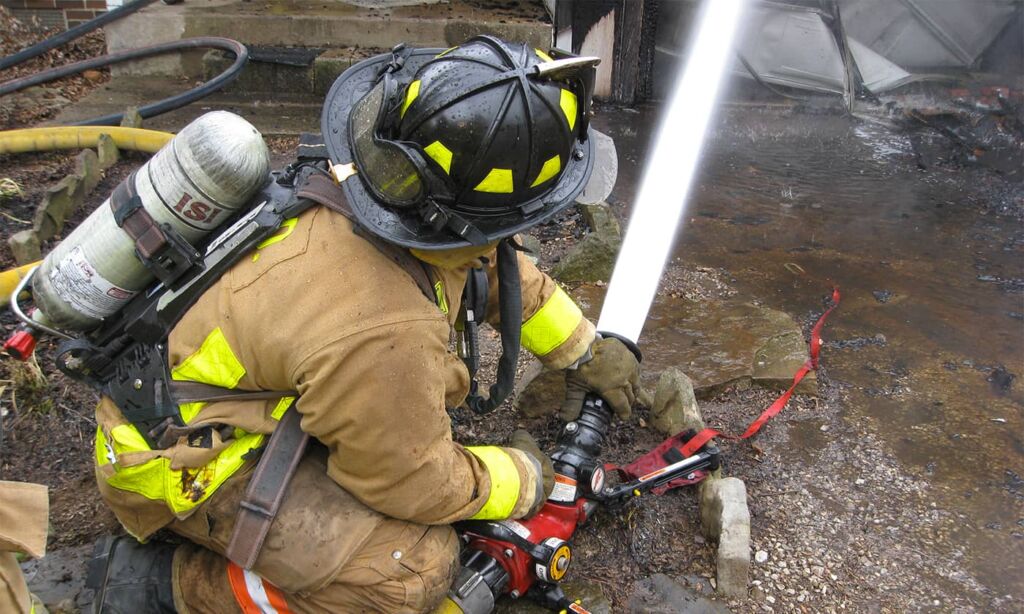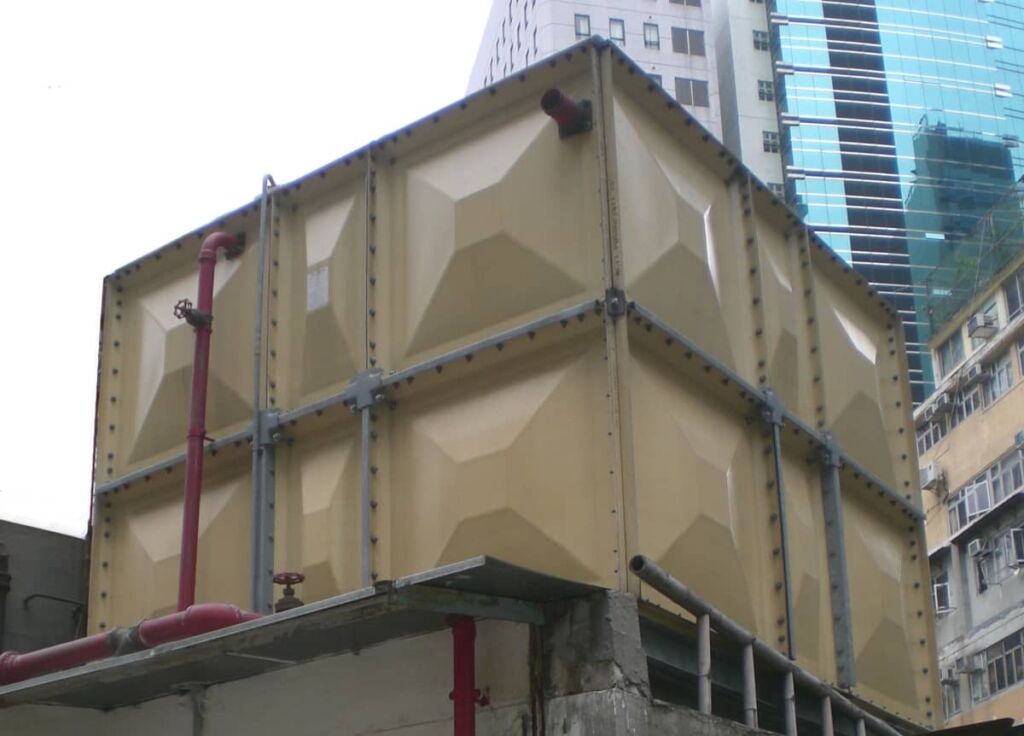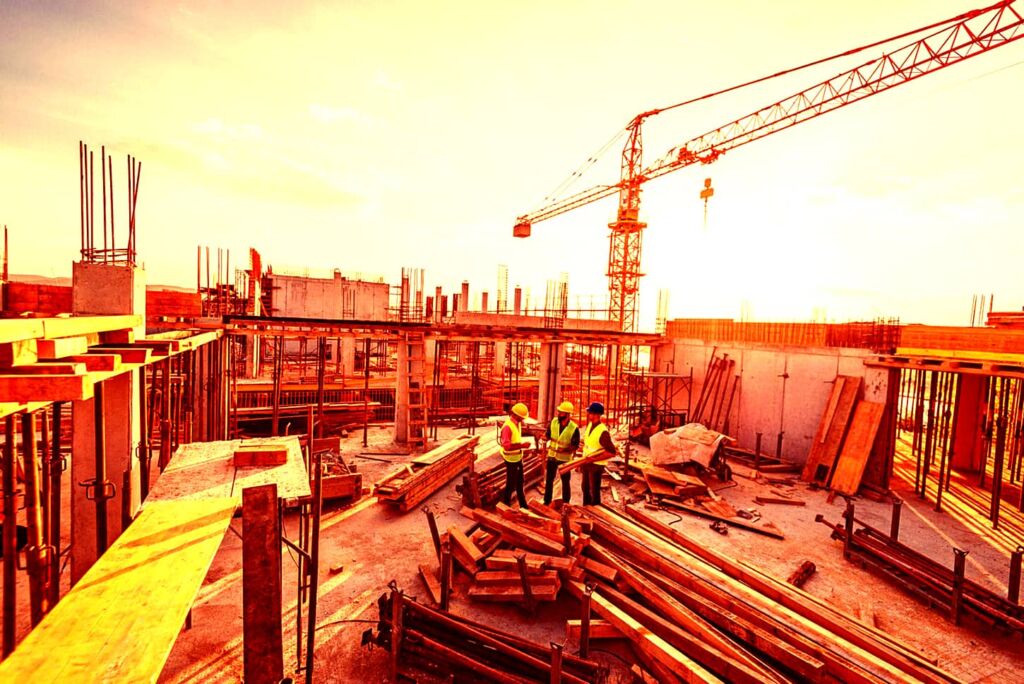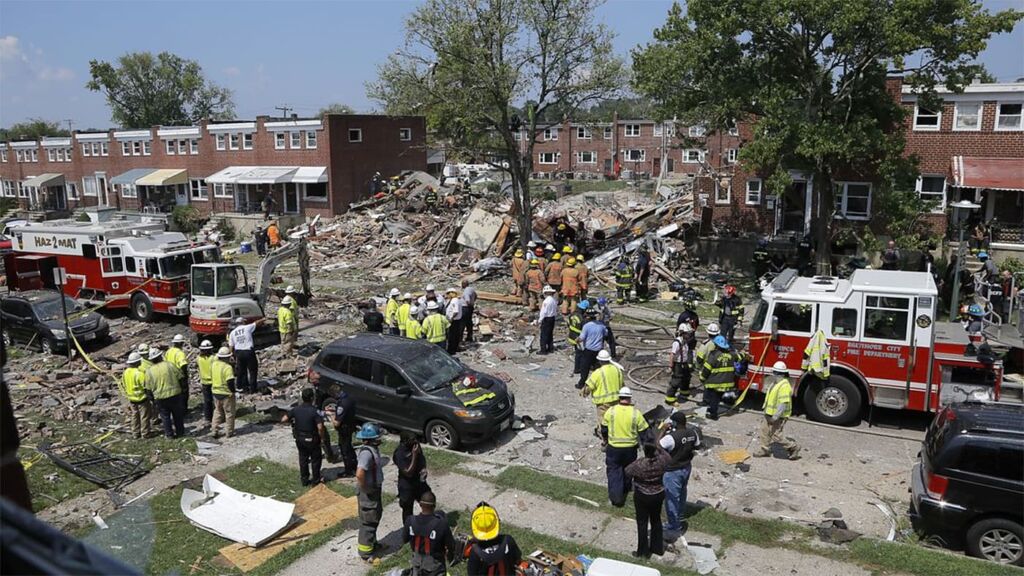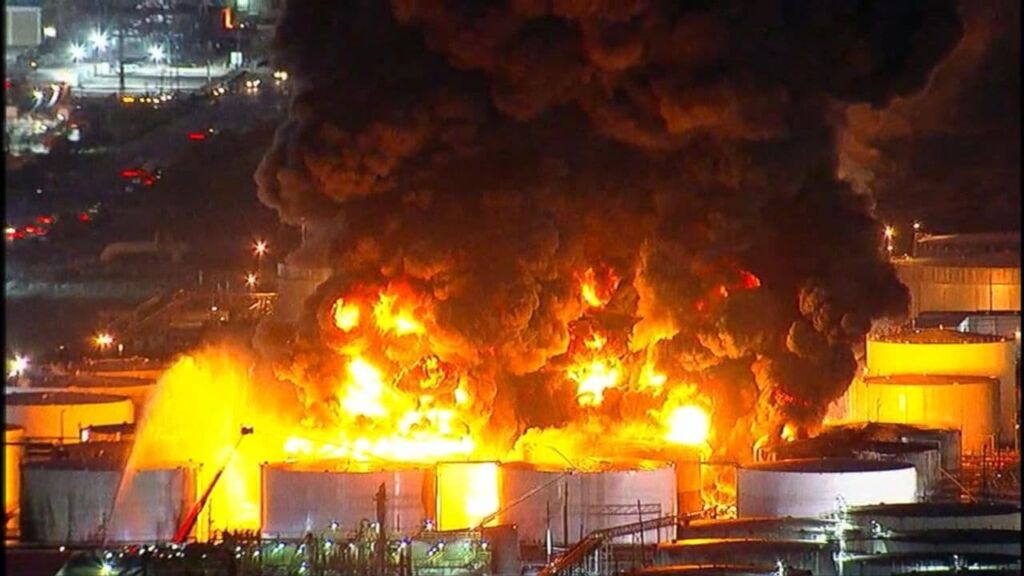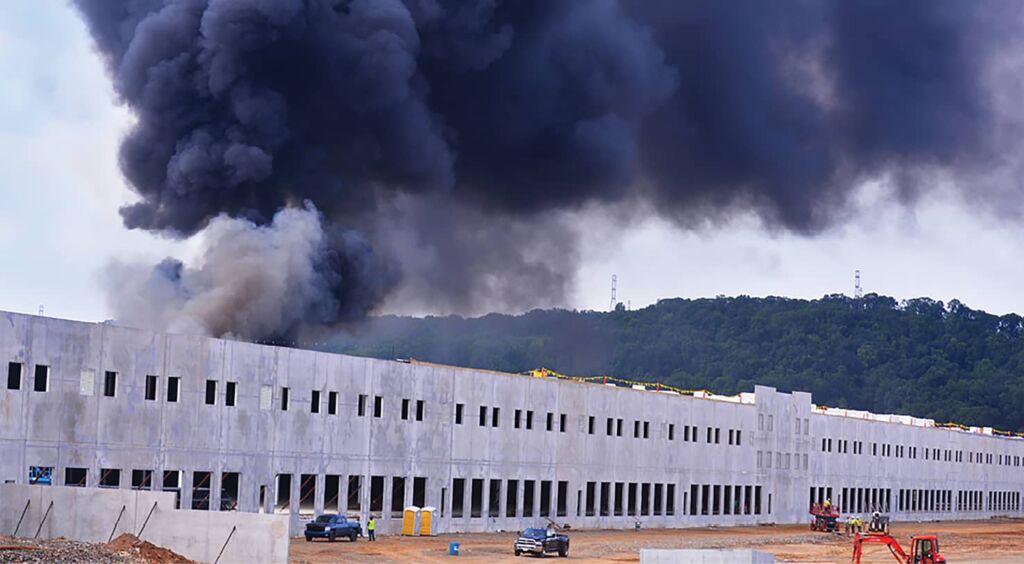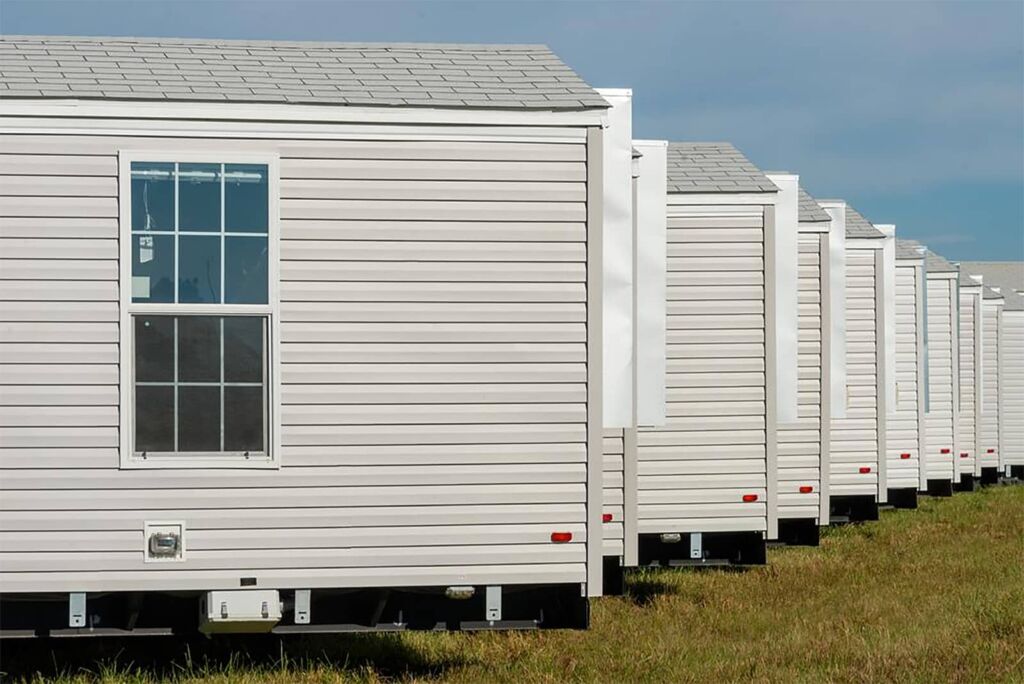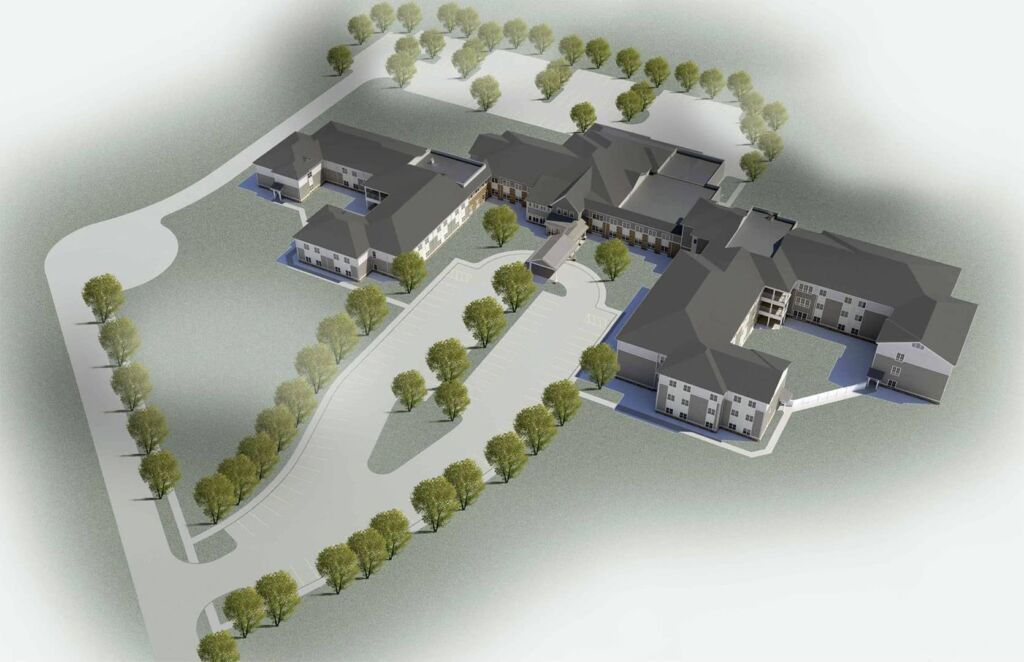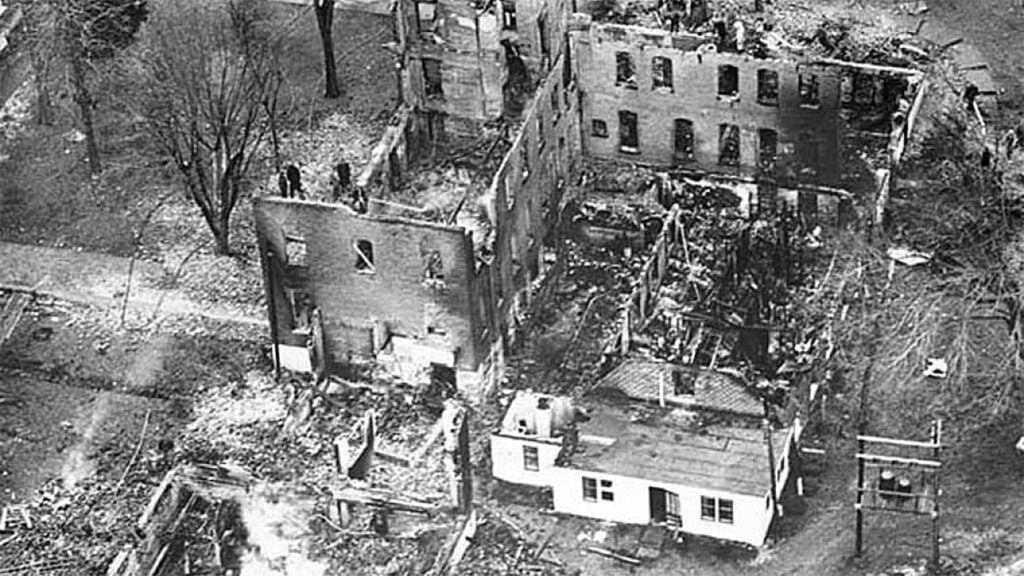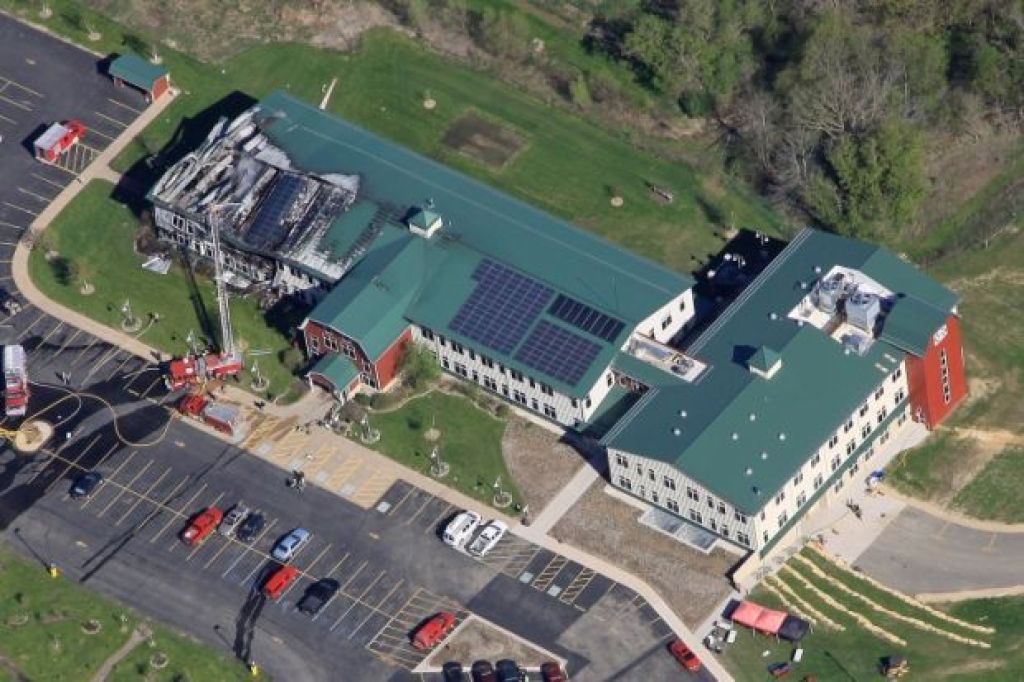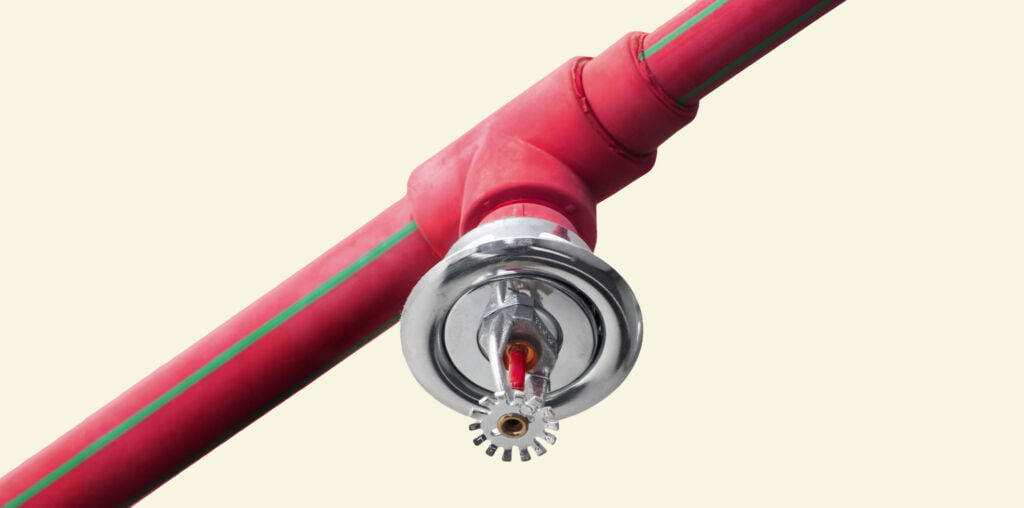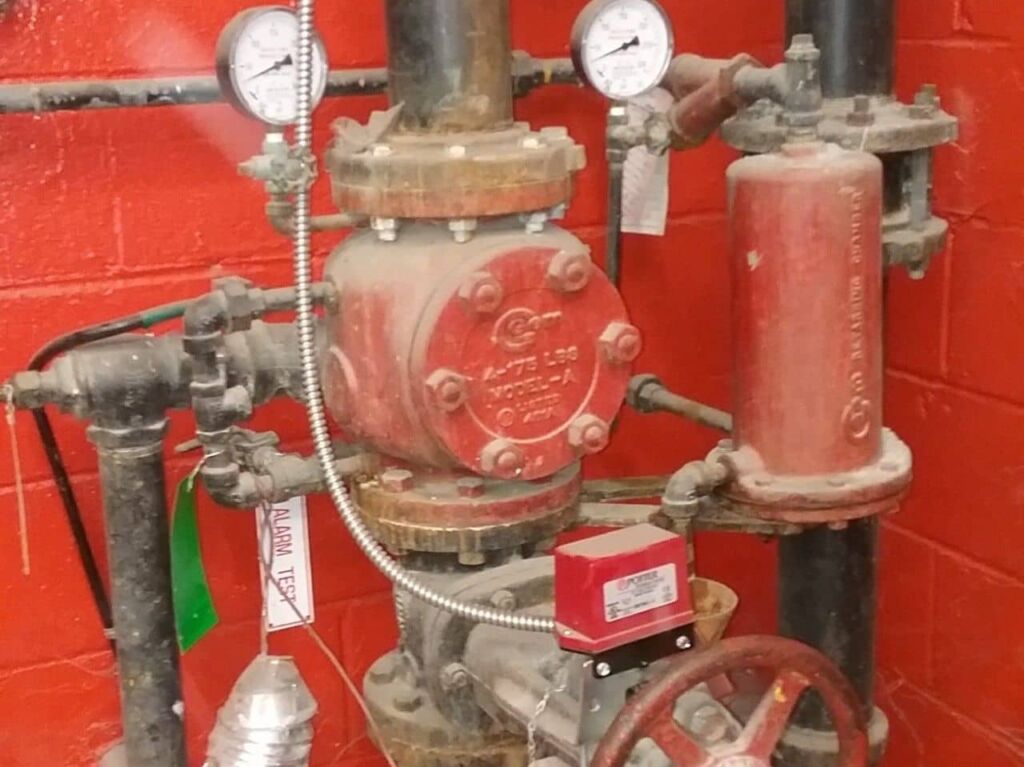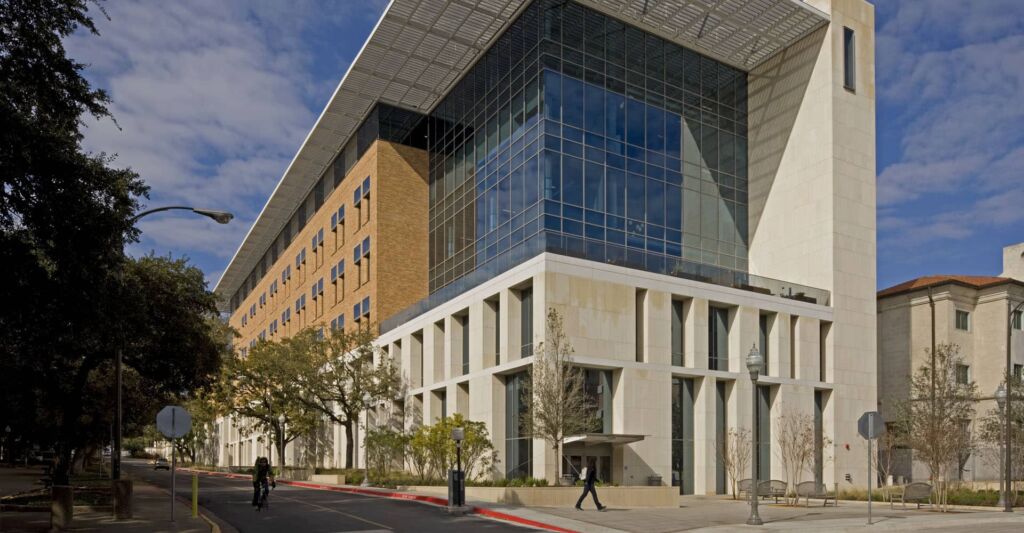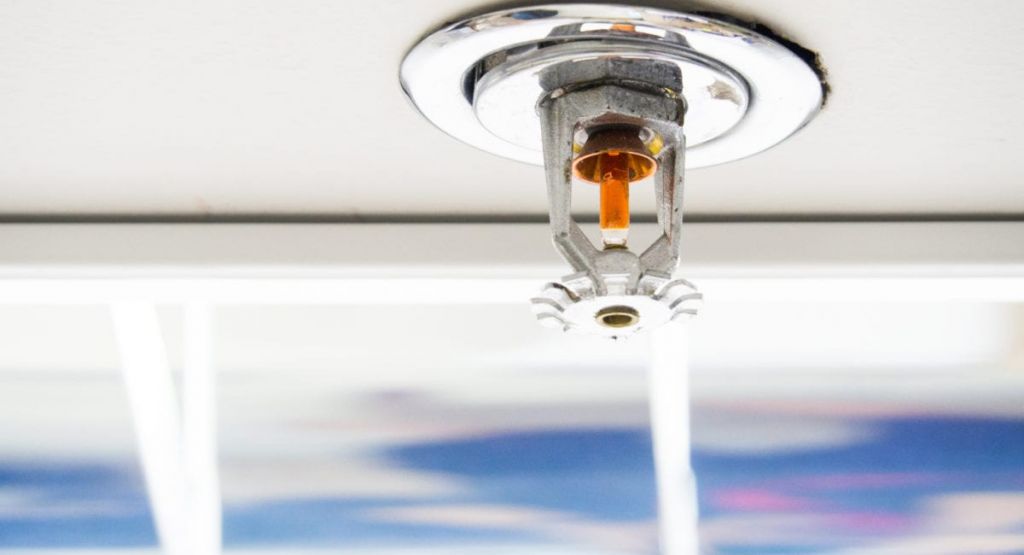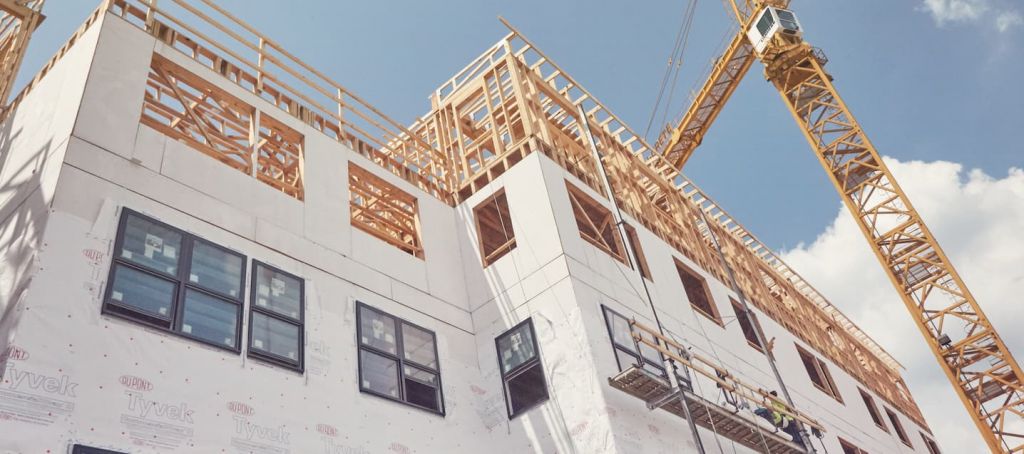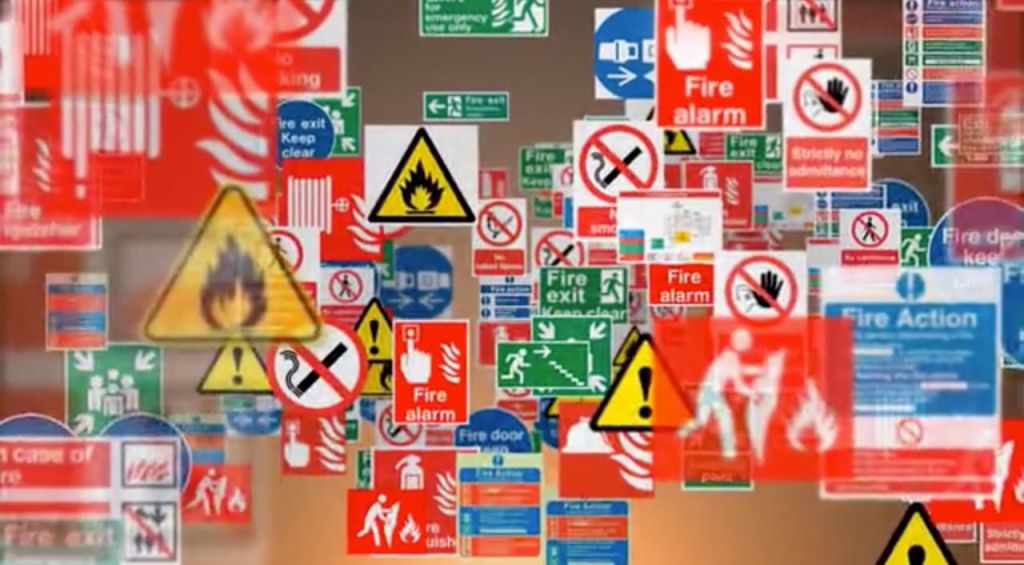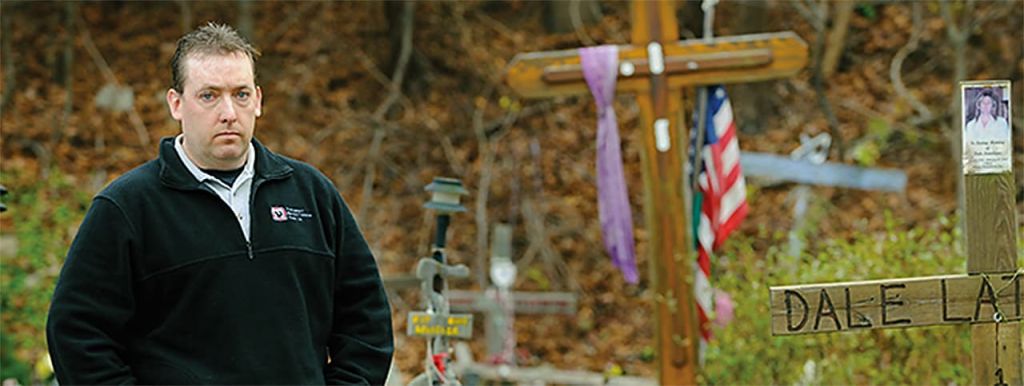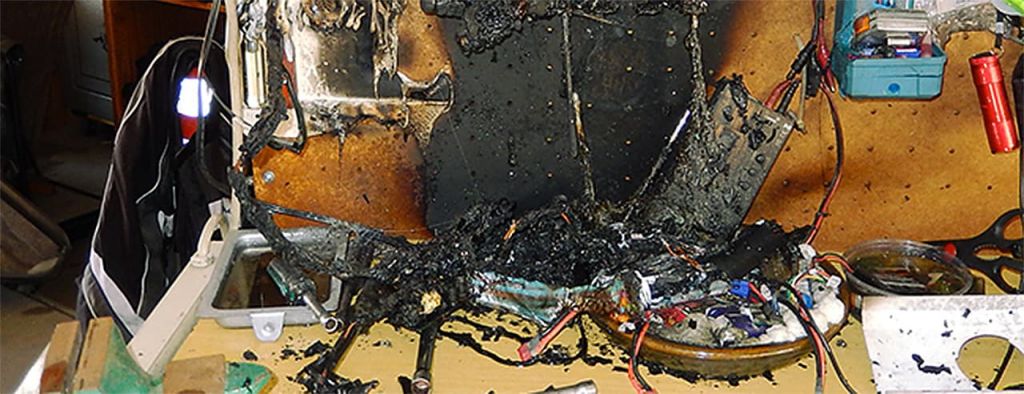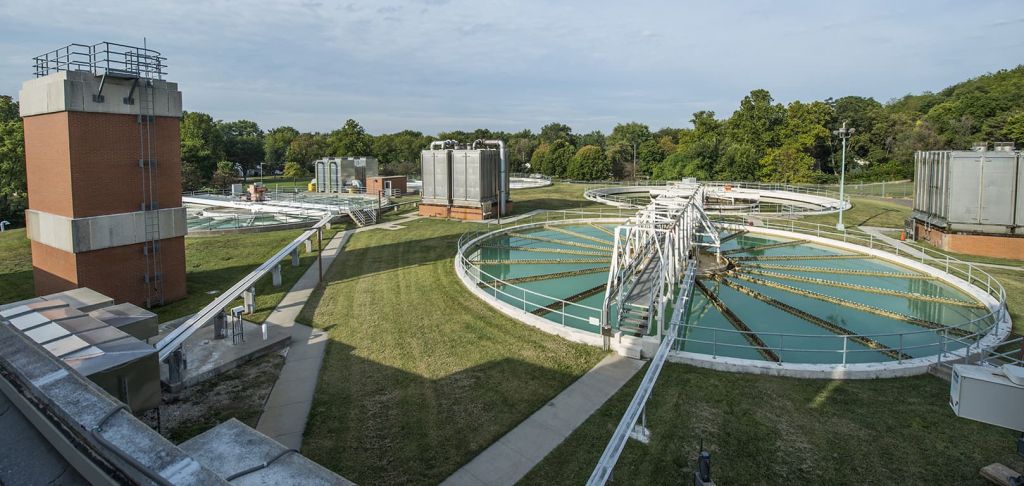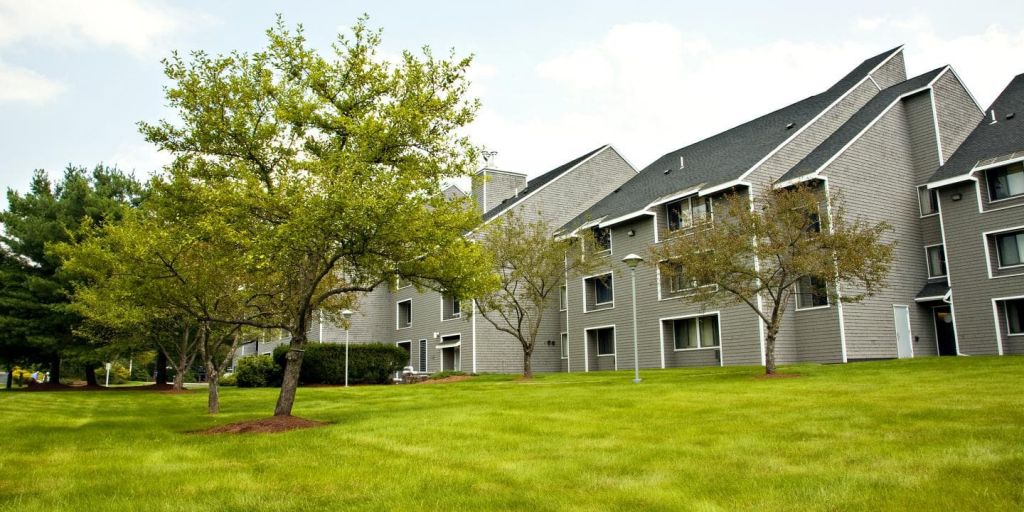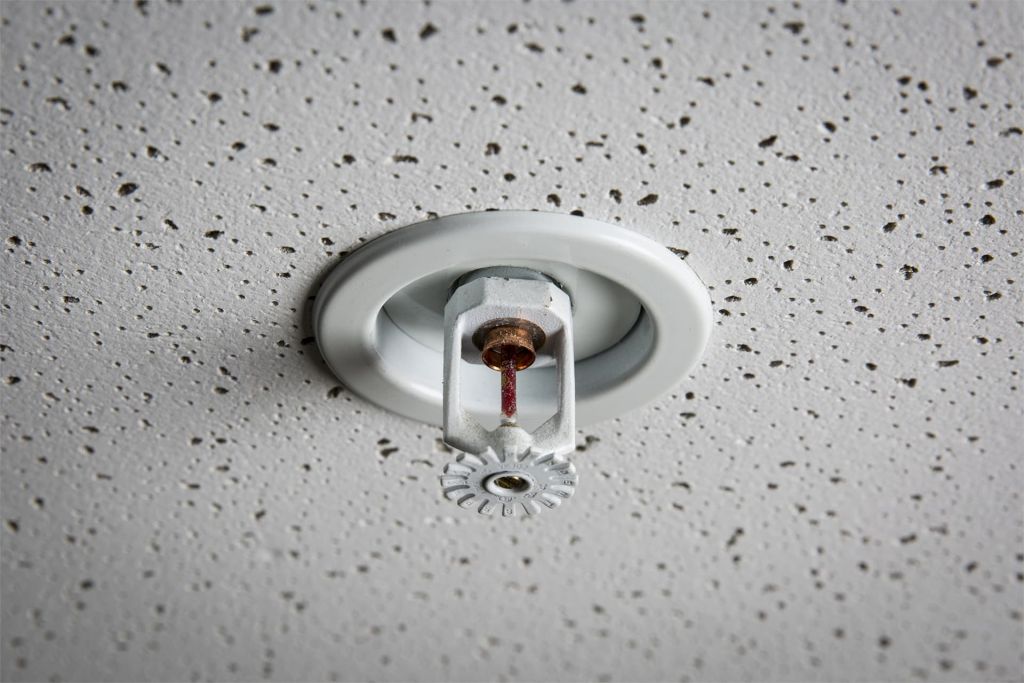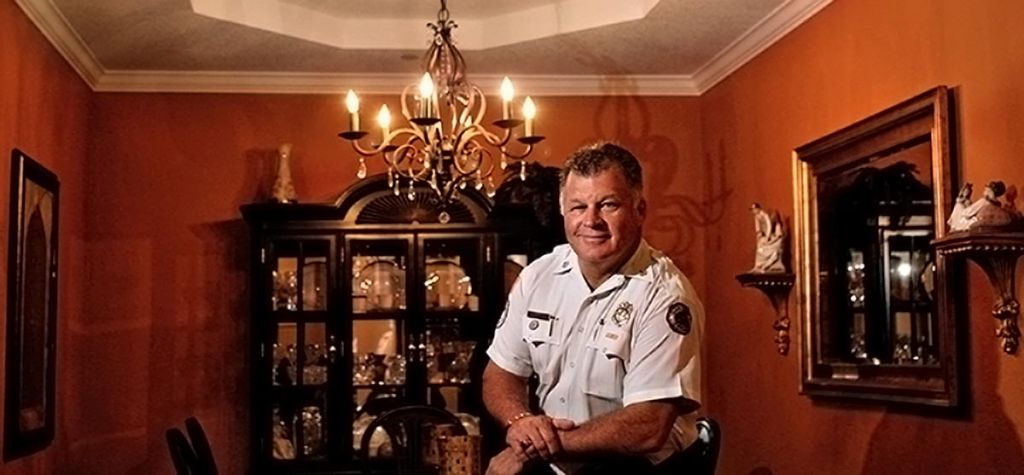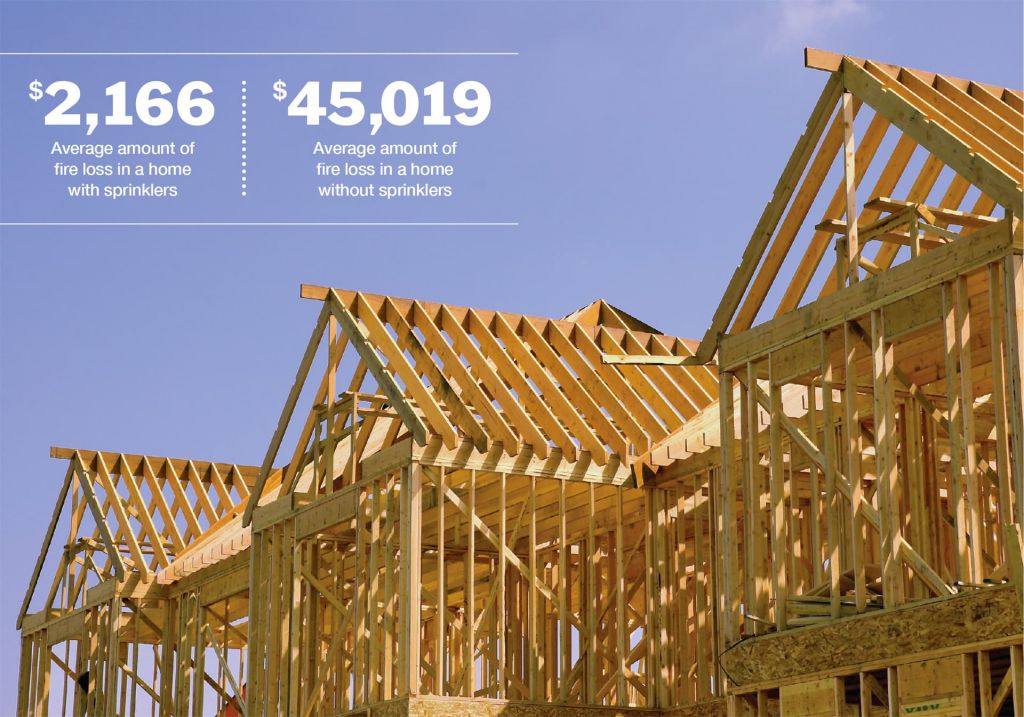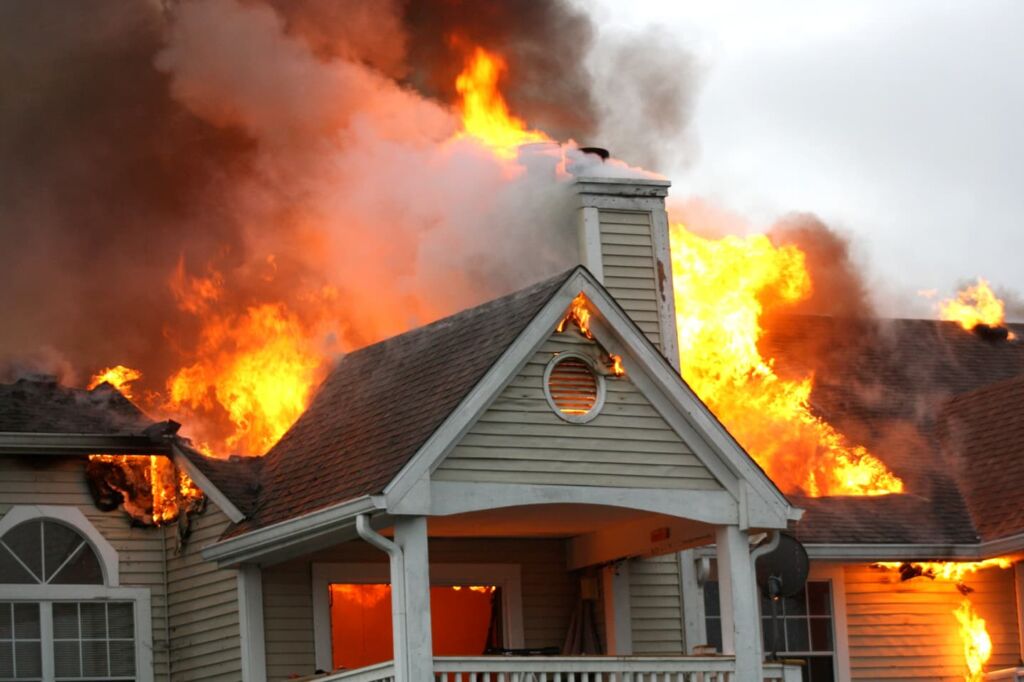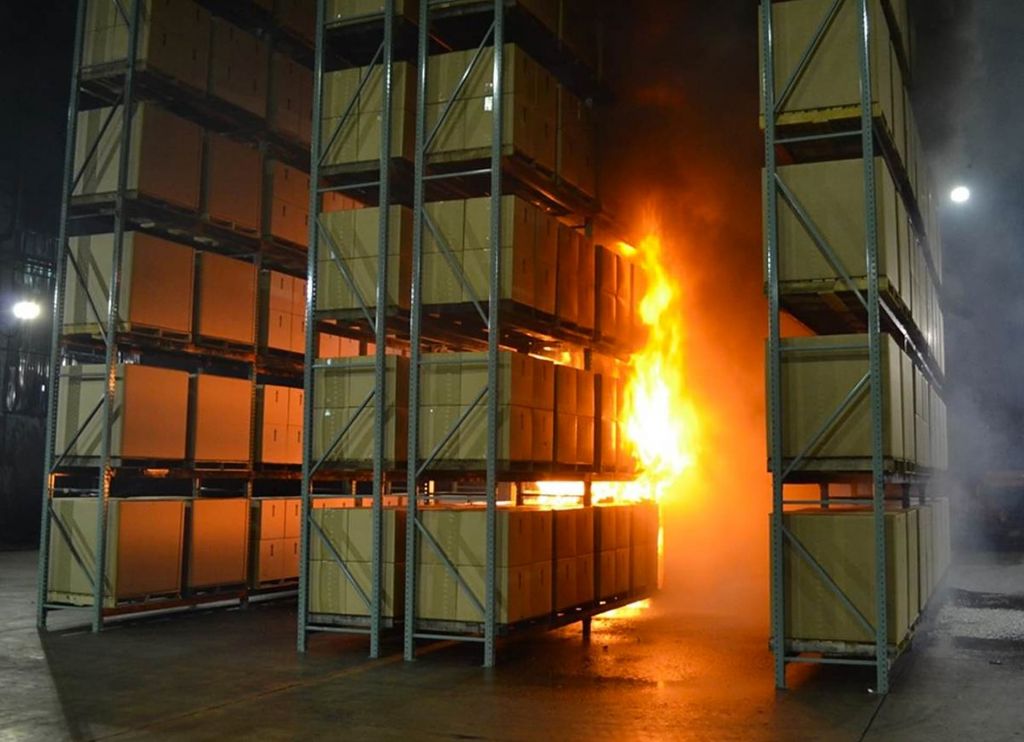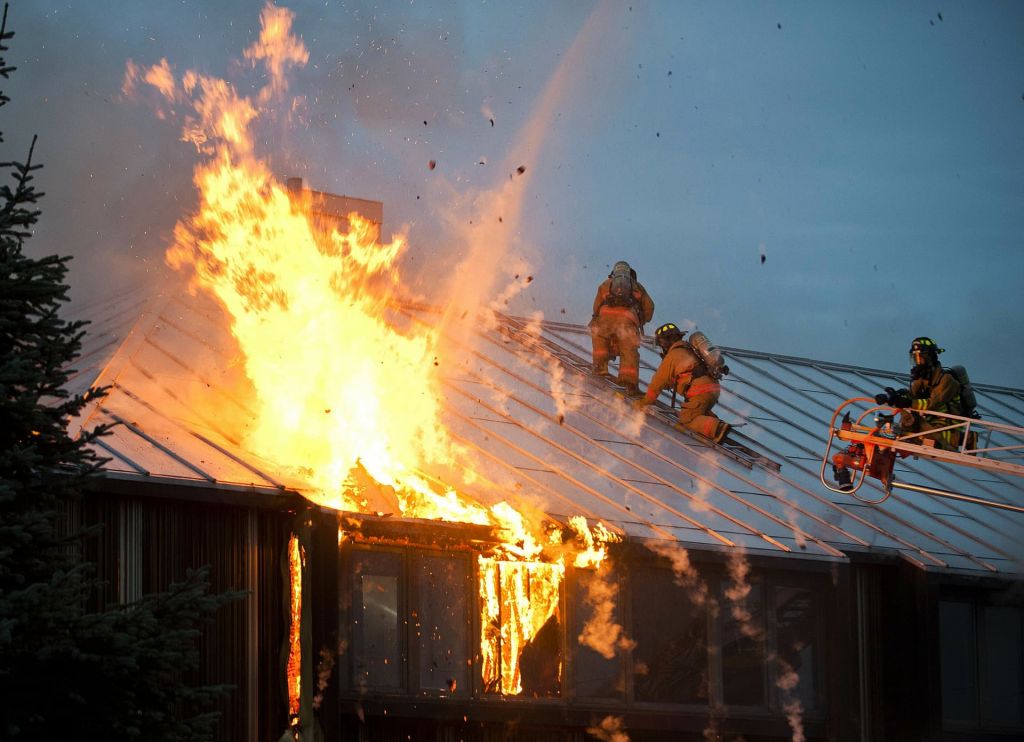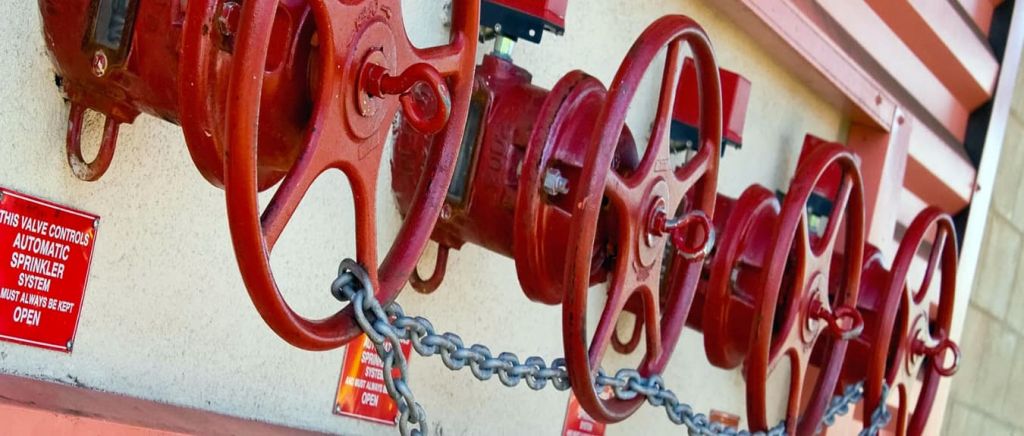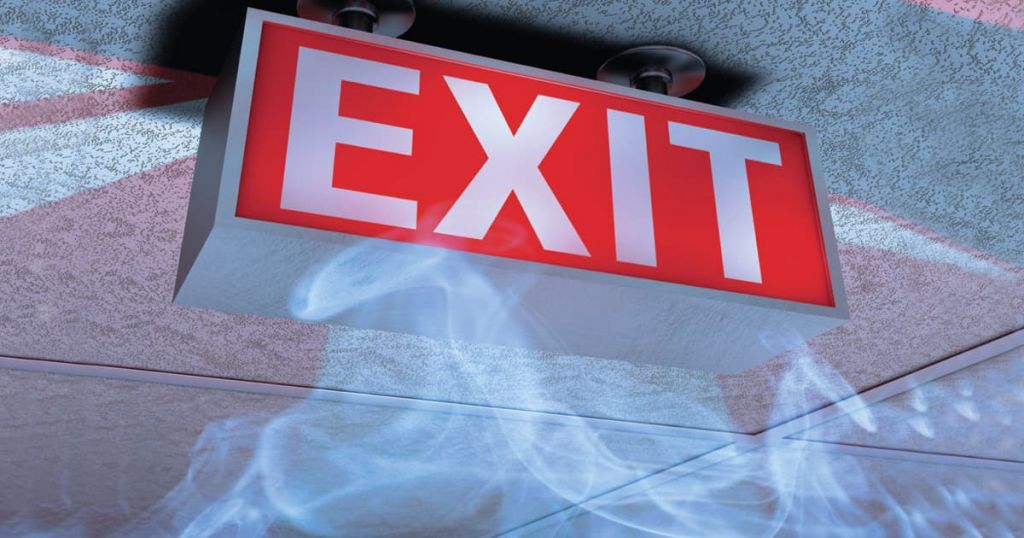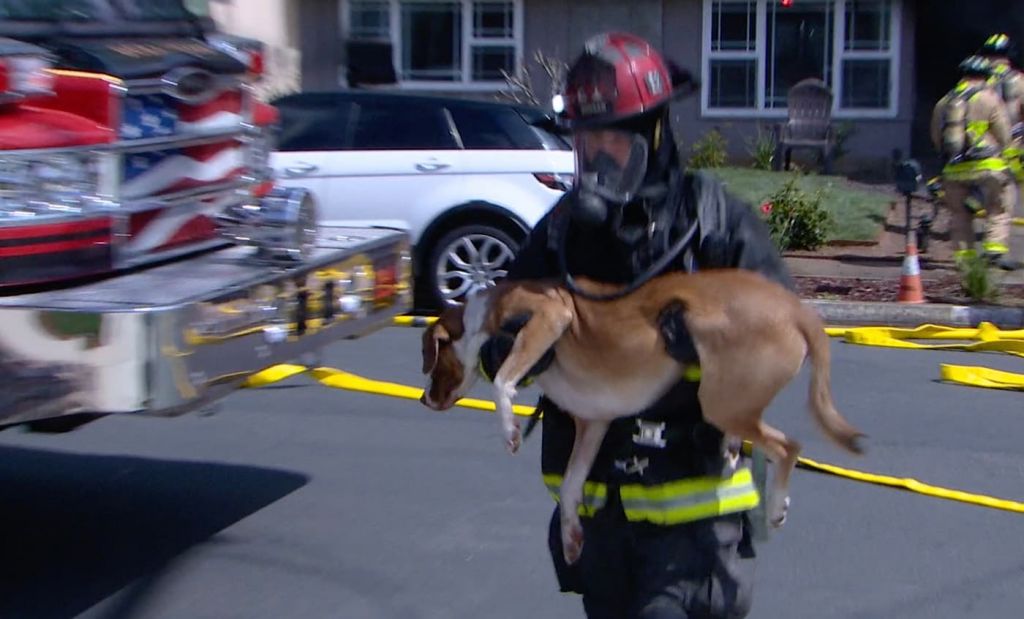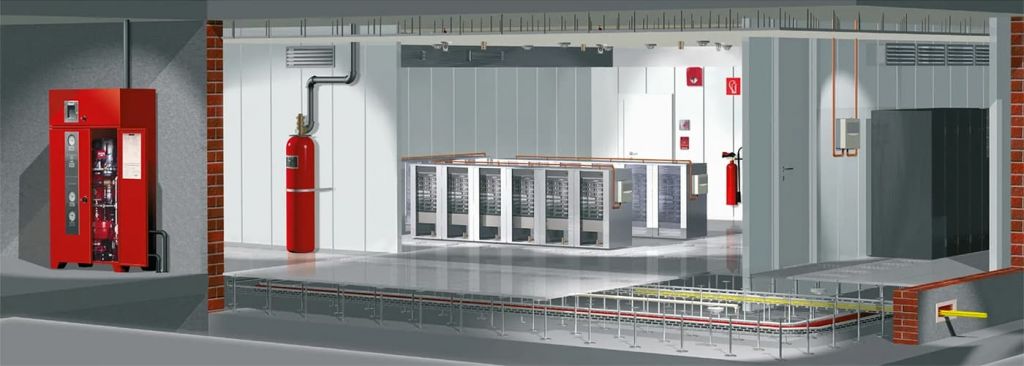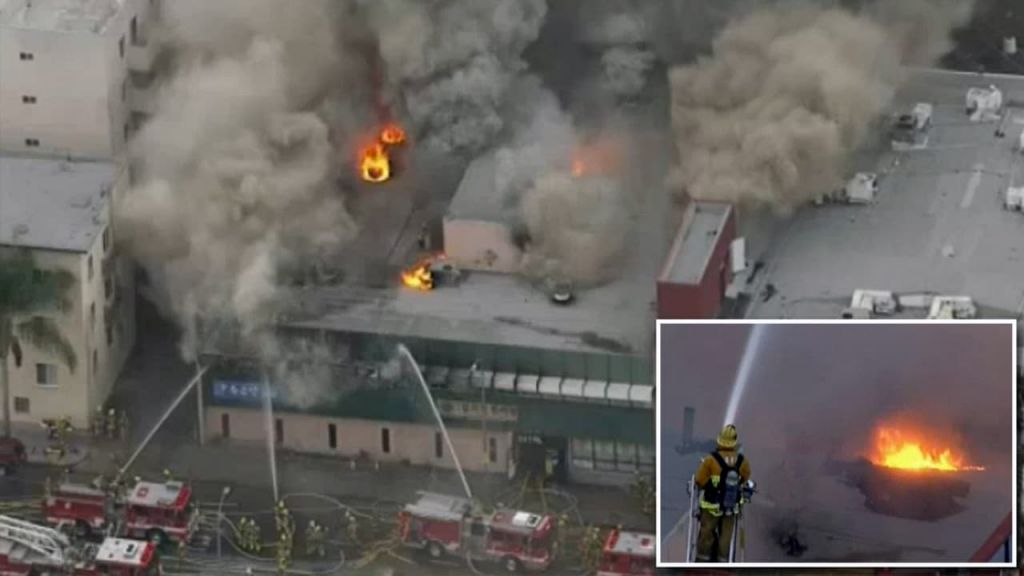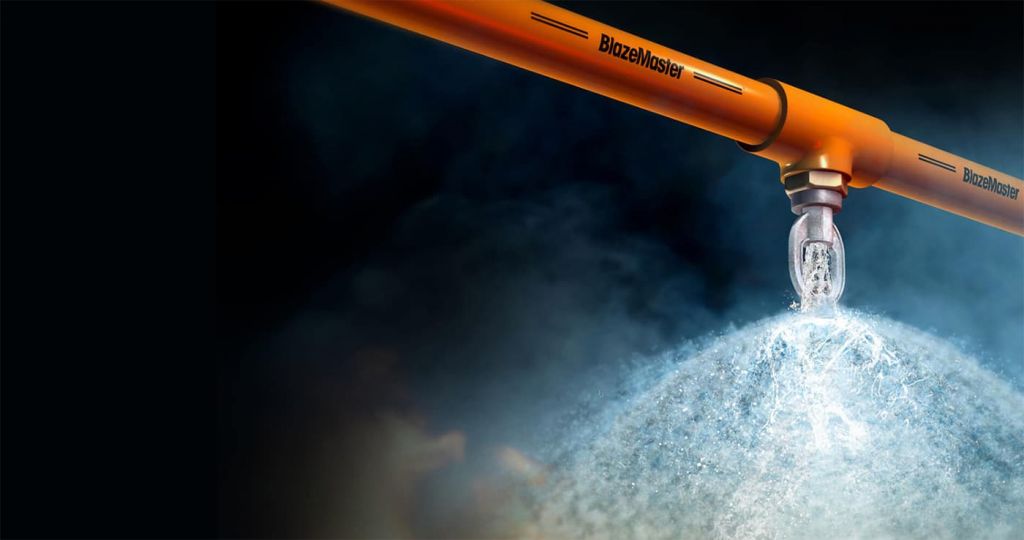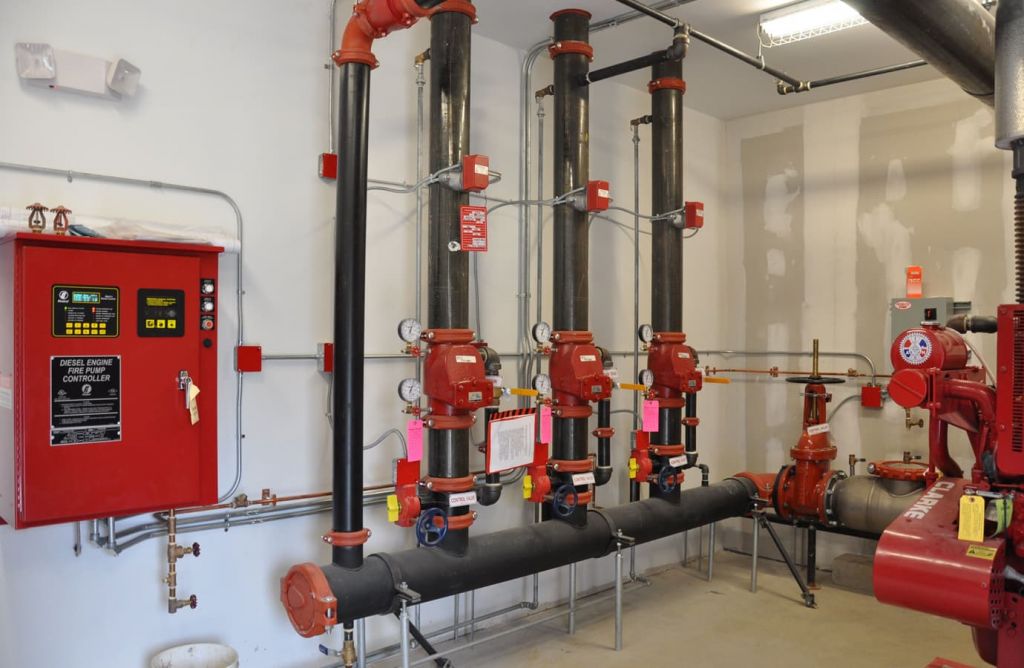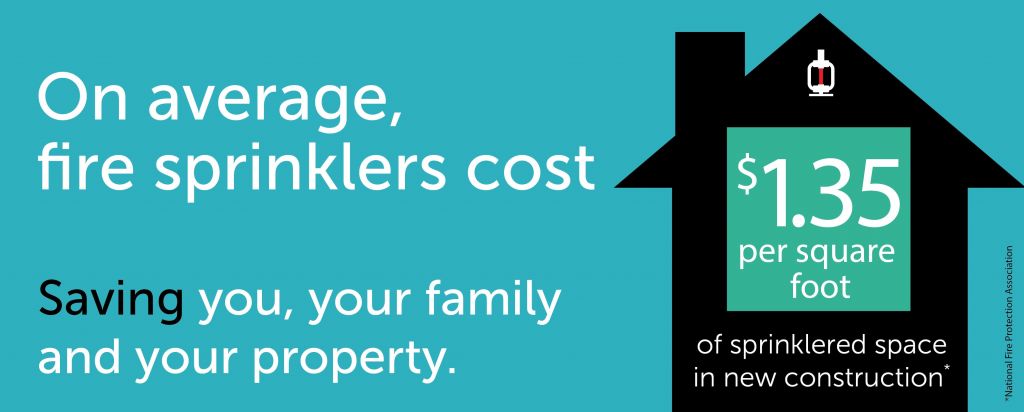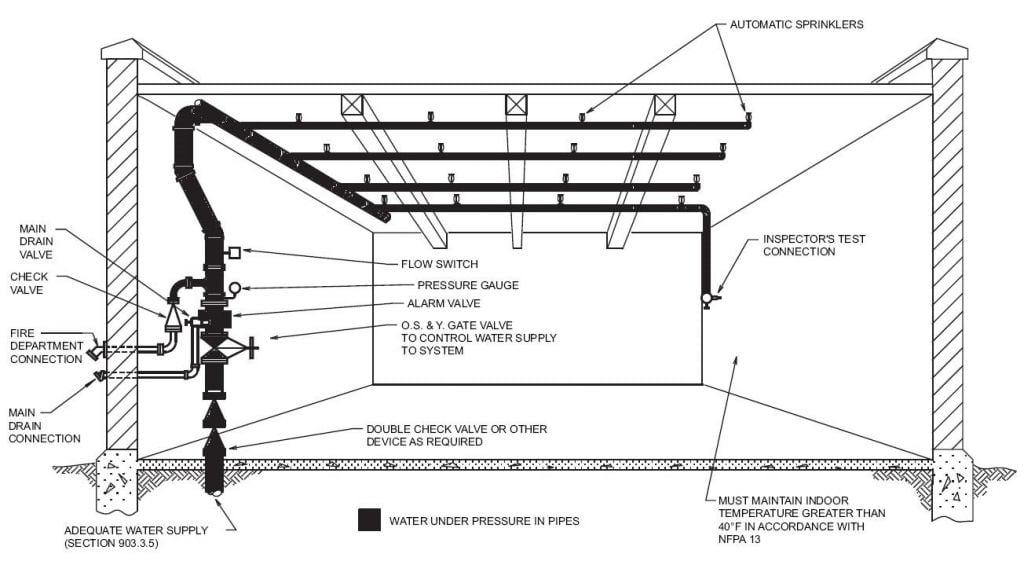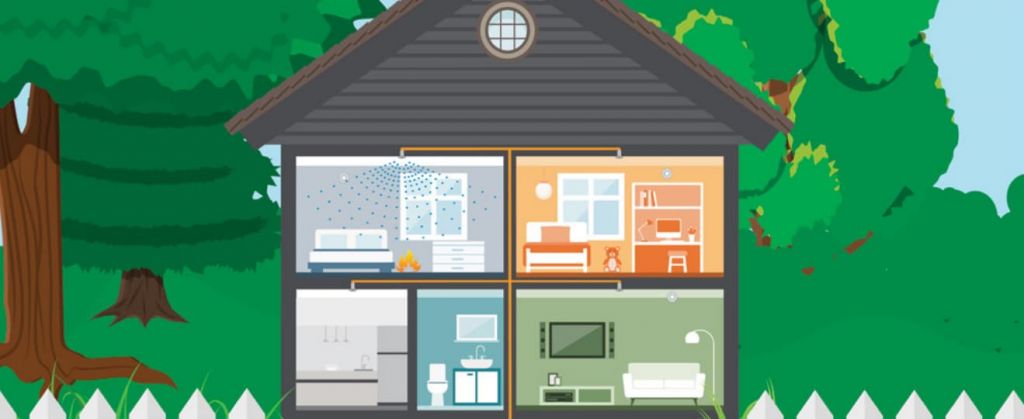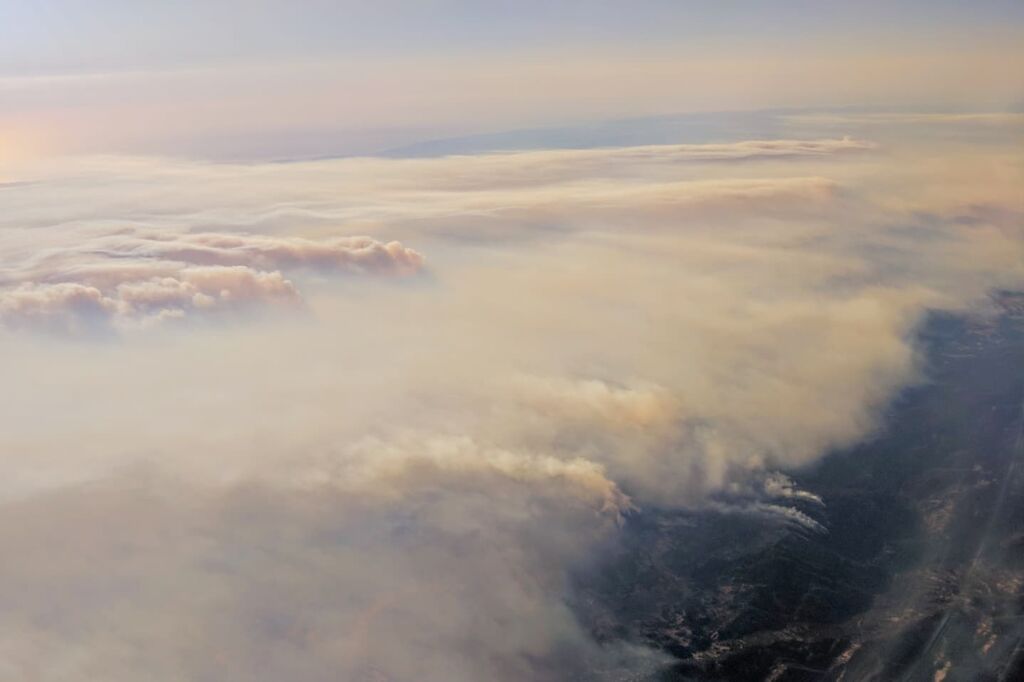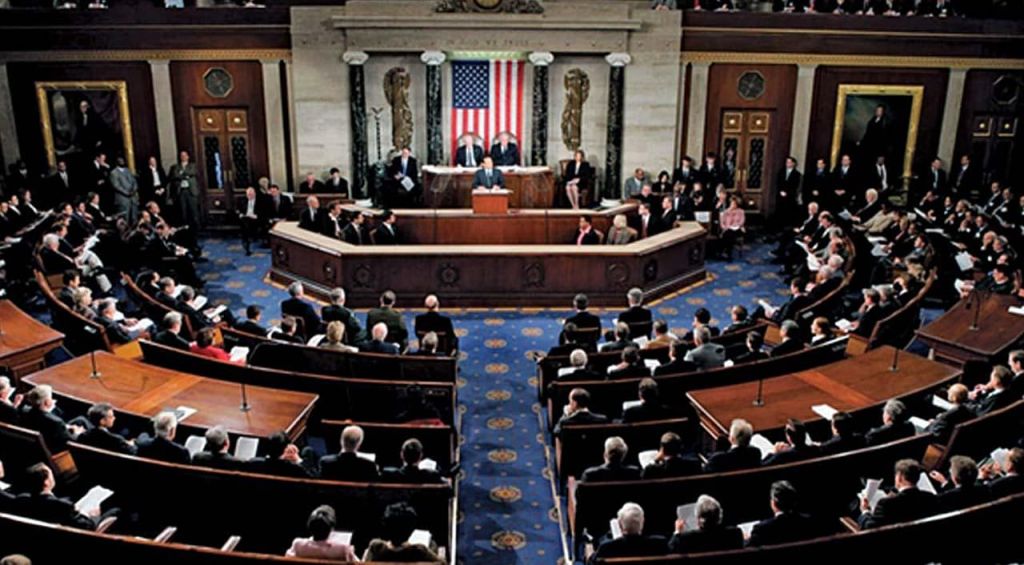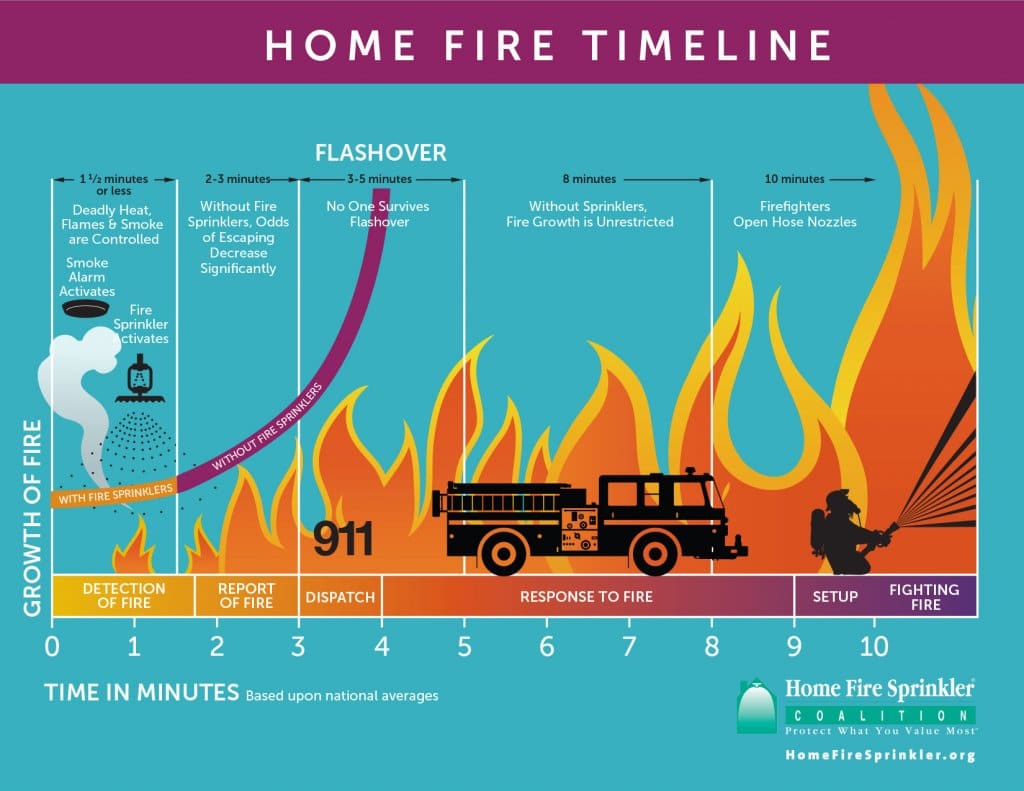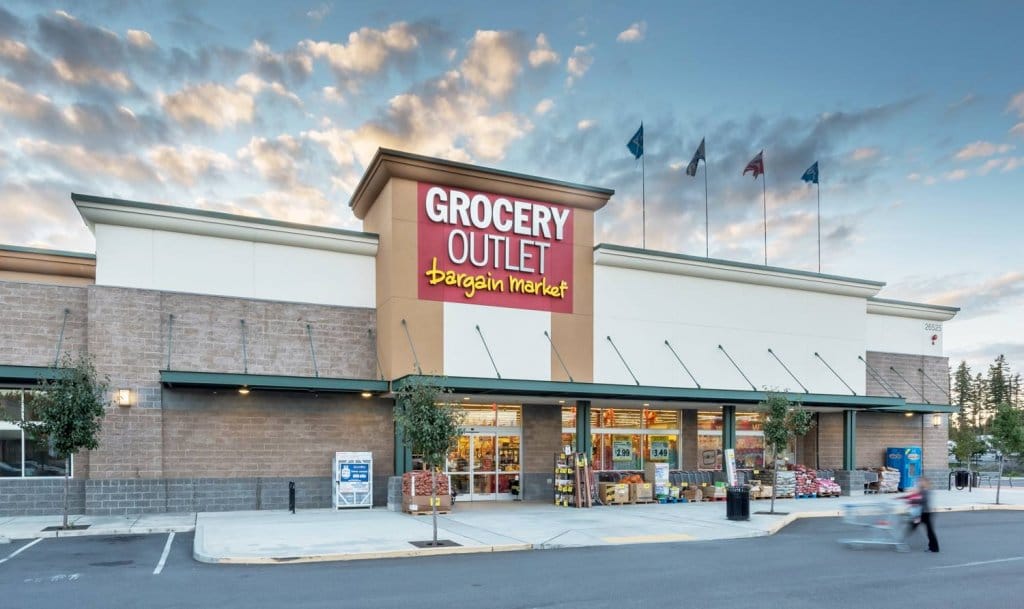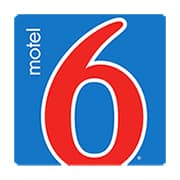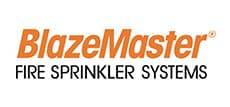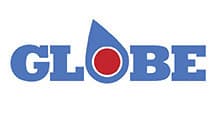Precision Fire Protection News
The Front Line
How the fire service learned to love home fire sprinklers and why it’s a key partner in sprinkler efforts nationwide
BY STEPHANIE SCHOROW
LAST YEAR, when the chief of the Ferndale, Michigan, Fire Department had every vehicle re-striped for a consistent look, a message was added in large, bold letters: “Fire Sprinklers Save Lives.” The words were meant to acknowledge the growing recognition that home fire sprinklers, like smoke detectors, could help save the lives of occupants.
“We are able to get the message out each time we travel down the road,” said Brian Batten, the Ferndale fire marshal and a tireless advocate for ordinances that would require the installation of sprinklers in new construction of one- and two-family homes.
But it hasn’t always been this way. For decades, some firefighters have been ambivalent about home sprinklers, even if they wholeheartedly supported sprinklers in high-rise residential structures and commercial buildings. Batten still remembers the common complaint: “You’re going to give away our jobs.” In the last 10 years, however, ambivalence has given way to advocacy as firefighters have become more informed about how home sprinklers are installed and operate and how they uniquely protect responders to fires. Today, thousands of fire departments across the United States and Canada are actively working to promote the need for home fire sprinklers.
Such acceptance has required a cultural shift in the firehouse. “The fire service has historically been divided into two camps: fire prevention and fire suppression,” said Rick Ennis, of the Cape Girardeau, Missouri, Fire Department, who has worked 35 years in the fire service, the last 12 as chief. “Fire prevention has taken a back seat—that’s the way the country evolved. Home fire sprinklers are not yet embedded in firefighters’ minds.”
That’s beginning to change, Ennis said. With new outreach efforts, spurred in part by free tools and materials developed by the non-profit Home Fire Sprinkler Coalition (HFSC), firefighters are being educated on the key facts about home sprinklers and how they prevent injury and loss of life, mitigate property damage, and protect firefighters at the scene of fires that will inevitably occur.
Many in the fire service, such as Keith Flood, the fire marshal for West Haven, Connecticut, are working with local NFPA Fire Sprinkler Initiative coalitions, as well as water purveyors, city government officials, and even homebuilders, to sponsor conferences, host side-by-side burn demonstrations, and initiate other grassroots educational programs to promote the benefits of home fire sprinklers. Flood, chair of the Connecticut Fire Sprinkler Coalition, has organized sprinkler summits and has pushed the Connecticut legislature to consider codes that would require sprinklers in new construction of one- and two-family homes.
“I think everybody should get involved,” he said. “People are dying in homes that are unsprinklered, and there’s no need for that.”
Educating the firefighters
Much of the impetus for home fire sprinklers has come from the HFSC, a non-profit educational organization launched in 1996 to inform the public about the value of home fire sprinkler protection. HFSC has become a leading resource for independent, noncommercial information about home fire sprinklers in the United States and Canada.
In 2008, the HFSC launched the Built for Life Fire Department program (BFLFD) to increase local fire service sprinkler education. BFLFD encourages and supports fire departments with free educational outreach material, regular e-mail blasts and newsletters on the latest developments, and valuable resources, such as grant-funded stipends for local sprinkler outreach. Today, about 2,700 departments in the U.S. and Canada are designated as Built For Life departments.
Peg Paul, HFSC’s marketing manager, said the frequent, thoughtful responses from BFLFD departments has helped guide the coalition in continuing improvement of targeted materials that help them reach and educate local audiences. “Getting feedback from this group has been vital to our success in working with the fire service,” Paul said.
A number of factors are turning fire service educators into home fire sprinkler advocates. One is concern over the nature of today’s home fires. Statistically, room and contents fires in one- and two-family homes pose a greater threat to life than fires in large apartment complexes or commercial buildings, many of which are required to be sprinklered. Although the total number of fires reported by local municipal fire departments has decreased by 29 percent in the last 15 years, 78 percent of all fire deaths occurred in the home, according to 2015 figures collected by NFPA. Additionally, 71 percent of all civilian fire injuries and nearly half of the total direct property damage in 2015 were from home structure fires.
“Now most people who die in fires in this country are dying in home fires—one or two or three or five every day,” Ennis said. “If a single fire kills 25 to 40 people, we notice it. But when death tolls are smaller and spread out, that goes under the radar.”
What is even more disturbing is that the risk of death in a home fire has changed little over nearly four decades. According to NFPA figures, the death rate per 1,000 home fires was 8.1 in 1977, compared to 7.5 in 2013.
The fuel load in today’s homes may be a factor. Fed by petroleum-based plastics in furniture and accessories, contents fires are burning quicker, resulting in rooms reaching flashover much faster than in the past—from nearly 20 minutes a few decades ago to just a few minutes or less today. That means occupants have much less time to get themselves out of a home safely.
Additionally, the demand for larger houses and the popularity of open space in the designs—such as combined kitchen, dining and/or living rooms—means smoke, heat, and fire move much more quickly through homes, Ennis said. “In your grandmother’s house, the rooms were 10 feet by 10 feet,” he said, a floorplan that slowed a fire’s spread.
Modern construction materials also have increased fire dangers because today’s lightweight wood construction products (such as wood-truss roofing and I-joists) burn faster if they are not protected. Contemporary homes also utilize quickly grown wood, which is less fire resistant than the older wood used in homes built from the 1920s to the 1950s. That does not mean that homes today are poorly built; today’s building materials tend to be stronger and protect better again mildew and weather, Batten said. However, newer materials don’t hold up as well against fire, and when a house collapses, it collapses more dramatically, he said. One test, on the performance of unprotected floor assemblies exposed to fire, found such structures are prone to catastrophic collapse in as little as six minutes from the onset of fire.
All of these factors contribute to increased risk to firefighters. In 2015, three firefighters were killed at single-family dwellings when they fell into the basement when floors collapsed. Another firefighter was crushed under a collapsing porch roof as he was trying to exit a home. NFPA estimates that home fire sprinklers are responsible for an estimated 65 percent reduction in firefighter fireground injuries. Indeed, when arriving at a fire in a commercial building or warehouse, the first question asked by firefighters is, “Does the structure have a sprinkler system?” That, said Ennis, makes a huge difference in response tactics.
Likewise, home sprinklers are extremely effective in extinguishing fires in an early stage, Batten said. Repairing the damage to a house where a sprinkler system has activated will be far less expensive than repairing the damage from a fire and from the water used by firefighters to extinguish the blaze, he said.
Essential tools
That’s why Batten, Ennis, and many others in the fire service advocate for requiring home fire sprinklers in the construction of all new one- and two-family homes, including the adoption of NFPA 13D, Installation of Sprinkler Systems in One- and Two-Family Dwellings and Manufactured Homes. The intention of NFPA 13D is to provide home occupants with a 10-minute escape time. “I think since it is the built environment that created the problem, it should be the built environment that addresses the problem,” Ennis said. According to NFPA statistics, sprinklers reduce civilian fire deaths by 80 percent, while reducing civilian fire injury medical costs by 53 percent.
In 1979, the city of San Clemente, California, became the first community in the nation to require sprinklers in homes. In January 2011, California became the first U.S. state to mandate the installation of sprinklers in all new one- and two-family dwellings. Maryland passed a similar sprinkler requirement. Many local municipalities around the country now mandate the installation of sprinklers in new one- and two-family homes.
“We said over and over that the whole intent of the adoption of the code was life safety,” Tonya Hoover, the former California State Fire Marshal, told NFPA Journal in 2014. “It had nothing to do with property protection—this was a life-safety initiative wholeheartedly.”
Fierce opposition by developers and the National Association of Home Builders, which contend that increased cost of construction from mandated sprinklers will discourage home buying, has limited more widespread passage of codes based on NFPA 13D. But NFPA research shows that a sprinkler system adds an average of $1.35 per sprinklered square foot to the cost of construction—hardly an insurmountable barrier.
Tim Travers, a regional sprinkler specialist with NFPA, estimated the cost of a home sprinkler system to be somewhere between 1 and 1.5 percent of the total cost of a house. Some firefighters compare the cost of adding home fire sprinklers to that of choosing granite countertops for a kitchen. Peg Paul of the HFSC notes that those costs can also be offset by savings, as sprinklers can decrease the cost of homeowners insurance by 5 percent to 15 percent depending on the insurer.
Additionally, fire departments are ready to grant zoning or code variances, such as narrower streets or denser construction, if builders agree to install sprinklers in new developments. Scottsdale, Arizona, which has had a sprinkler ordinance in place since 1986, allows for reduced fire hydrant spacing requirements because of the presence of home fire sprinklers.
“There’s a realization that we have to partner with the homebuilders and water purveyors and other stakeholders who are interested in the building and sale of new homes,” said Ennis. Most important, he said, “we have to find a way to bring down the cost of sprinkler systems for the building industry and consumers.”
Travers compared builders’ opposition to home fire sprinklers to opposition decades ago to smoke alarms—life-safety devices that are now routinely used in homes as well as apartments and commercial properties. Someday, many in the fire service hope, home fire sprinklers will be embraced as completely as smoke alarms have been: as essential tools to protect people against the threat of home fires.
PEOPLE We Protect
Our Distributors and Suppliers
Experience
Our team started in the fire protection industry over 20 years ago. Since then we have grown into a statewide fire protection construction leader. Our team of project managers, engineers, designers, inspectors, installers, and technicians all share a passion for quality work and high standards. Precision Fire Protection understands the need to complete projects with integrity, safety, and precision!
Dedication
Our mission is to provide our customers with timely, high quality, affordable fire protection services that are guaranteed. We strive to achieve our client’s complete satisfaction. We are relentless in applying the highest ethical standards to ourselves and to our services and in communications with our customers. We aim to fulfill that mission in everything we do.
Precision
Precision Fire Protection keeps its team together, even when it's not. Just as vital as field personnel’s tools are, our project managers are equipped with the latest software to manage projects. Our project managers send dailies, RFIs, and plan revisions to the cloud so that everyone has access no matter where they are. Being connected is our way of ensuring every project goes smoothly.
Safety
Our team of multi-certified managers and supervisors are highly experienced in job safety. Our managers are OSHA certified to handle each project with care and sensitivity to every unique job site. By ensuring on-site safety on every project we work on throughout Southern California, Precision Fire Protection has developed positive relationships with our General Contractors.

